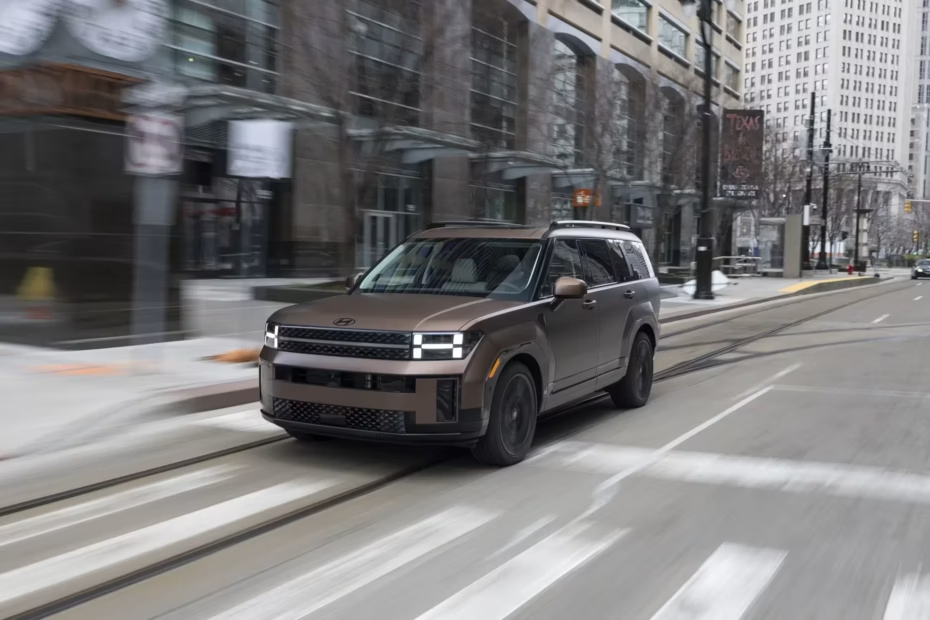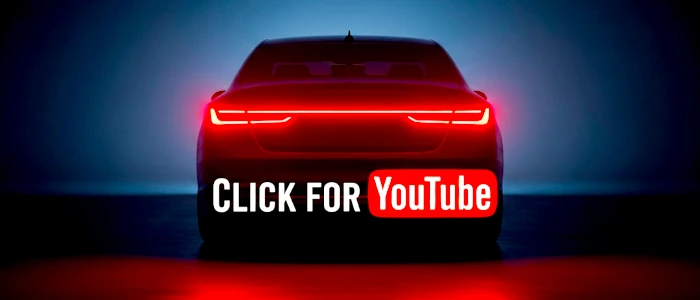Get ready, because the 2025 Hyundai Santa Fe has arrived and it’s turning heads. Ditching the curves of its predecessor, this midsize SUV has embraced a bold, boxy look that is undoubtedly “love it or hate it,” reminiscent of some British luxury SUVs. But does it deliver on promises of space, technology, and performance for modern families beneath its rugged and controversial exterior?
In this comprehensive review, we’ll dissect every detail of the new Santa Fe, from its mechanical guts to its tech gadgets, covering the various trims and, of course, the big question: is it worth jumping into this new boxy era of Hyundai? Grab your coffee (or tea; we’re international here) and join us as we uncover this launch.
Design: A Box on Wheels or a Style Icon?
There’s no denying it: the design of the 2025 Hyundai Santa Fe is the talk of the town. Hyundai has thrown caution to the wind with straight lines, sharp angles, and an imposing front featuring H-shaped headlights. The inspiration from models like the Land Rover Defender is clear, aiming for a more robust and adventurous image.
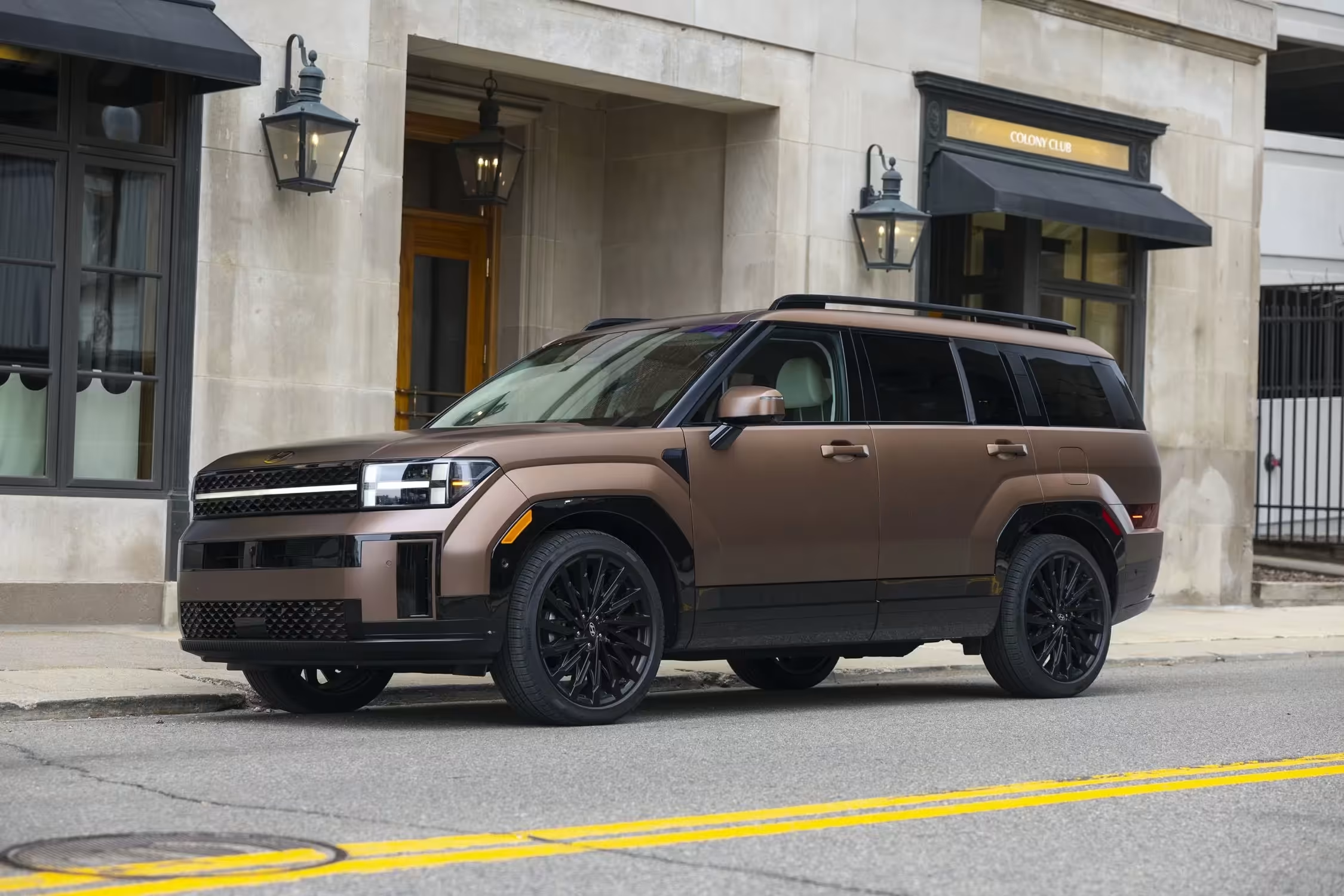
This radical change has divided opinions. Some find it modern, daring, and distinctive in a sea of similarly designed SUVs. Others wrinkle their noses at it, deeming it over the top, disproportionate, or simply… a box. One thing’s for sure: it doesn’t go unnoticed. If the goal was to attract attention, mission accomplished, Hyundai.
Interior Space: Now All the Crew (Really)?
One of the major promises of the 2025 Santa Fe is its expanded interior space. Thanks to an increase in the wheelbase (about 2 inches) and overall length (approximately 1.8 inches), the cabin feels more generous. The third row of seats is now standard in many markets, which is a plus for larger families.
In practice, legroom in the second row is good, and the cabin gives a sense of spaciousness. However, the third row remains more suitable for children or adults on short trips – a common point in this category. The trunk has also grown, offering decent capacity, especially with the seats folded down. Access is made easier with the wide opening of the rear hatch.
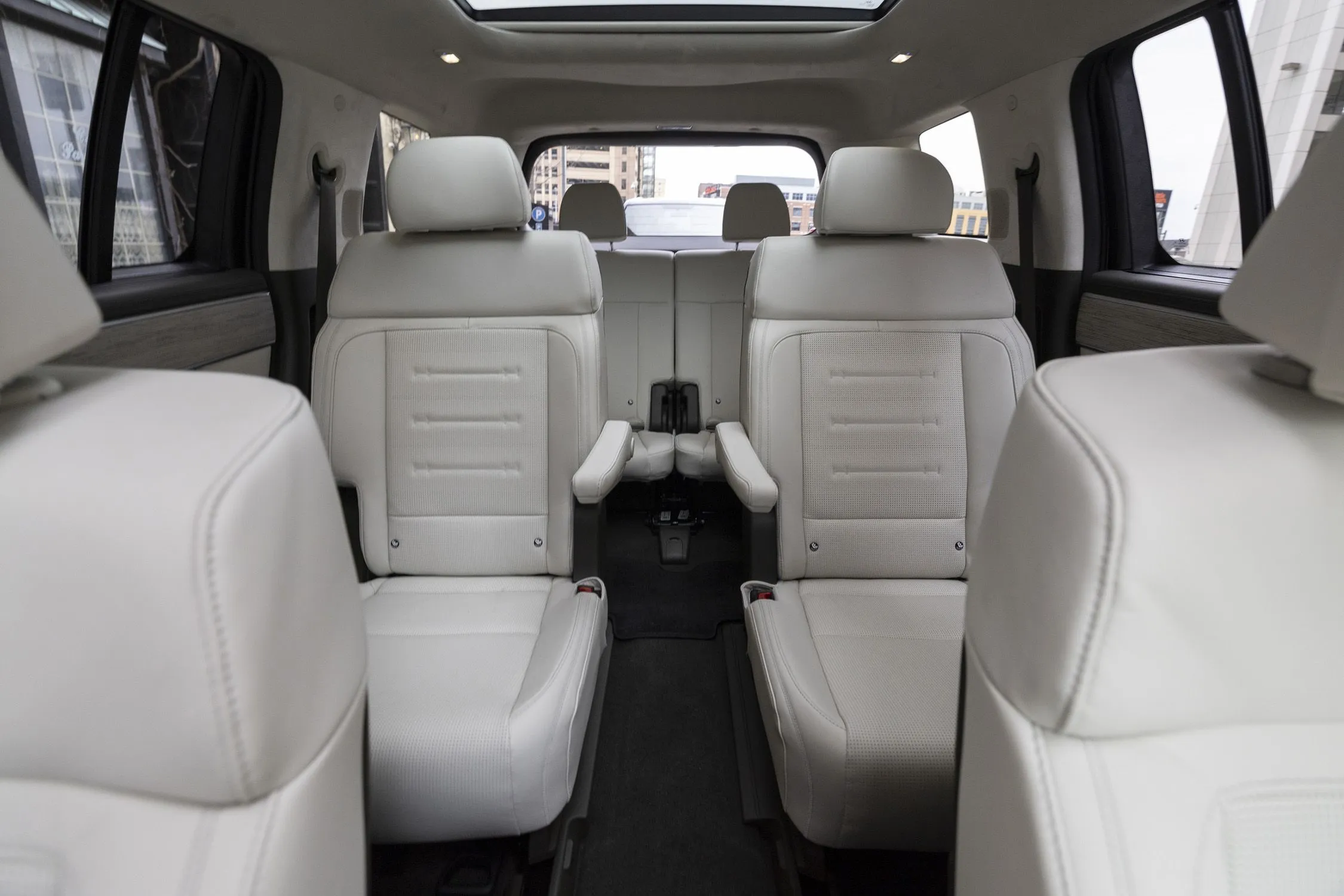
Trunk Capacity (Estimated)
- With the 3rd row up: ~435 liters (approximately 15.3 cubic feet)
- With the 3rd row folded down: ~1,210 liters (about 42.7 cubic feet)
- With the 2nd and 3rd rows down: ~2,265 liters (approximately 79.9 cubic feet)
Technology: A Show of Screens and Digital Amenities
Inside, the Santa Fe 2025 fully embraces the digital age. The standout feature is a curved panoramic display that combines two 12.3-inch screens: one for the instrument panel and the other for the multimedia system. The look is modern and sleek, although some may miss having more physical buttons (thankfully, the climate and volume controls have been preserved!).

The list of onboard technologies is extensive. It includes dual wireless chargers for smartphones (goodbye, fighting over the charger!), wireless connectivity for Apple CarPlay and Android Auto, a digital key (which allows you to use your phone or watch to unlock and start the car), and even a UV-C sterilization compartment in the glovebox to sanitize small items. It’s tech that’s hard to fault, though some might find it a bit excessive.
Engines: Turbo Power or Hybrid Efficiency?
Underneath its boxy exterior, the Santa Fe 2025 offers options for different needs. The main engine in many markets is a 2.5L turbocharged four-cylinder, delivering a respectable 277 horsepower and a robust torque of 311 lb-ft. It pairs with an 8-speed dual-clutch automatic transmission.
For those seeking more efficiency, Hyundai is heavily invested in hybrid options. There’s a conventional hybrid (HEV) with a 1.6L turbo engine combined with an electric motor, generating 232 hp, and a plug-in hybrid (PHEV) that utilizes the same 1.6L turbo foundation but with a more powerful electric motor and a larger battery, producing 260 hp and capable of driving about 31 miles on electric power alone (EPA cycle). The hybrid versions use a traditional 6-speed automatic transmission.
Engine Options (Reference Values)
| Engine | Power (hp) | Torque (lb-ft / kgfm) |
|---|---|---|
| 2.5L Turbo Gasoline | 277 | 311 / ~42.8 |
| 1.6L Turbo Hybrid (HEV) | 232 | 271 / ~37.3 |
| 1.6L Turbo Plug-in Hybrid (PHEV) | 260 | N/A* |
*PHEV combined torque is generally not simply reported by Hyundai.
Trims for Every Taste (and Budget)
The 2025 Santa Fe arrives with a range of trims to cater to different profiles and budgets, though exact availability may vary by country. In key markets (like the U.S.), the lineup typically includes SE, SEL, XRT, Limited, and Calligraphy.
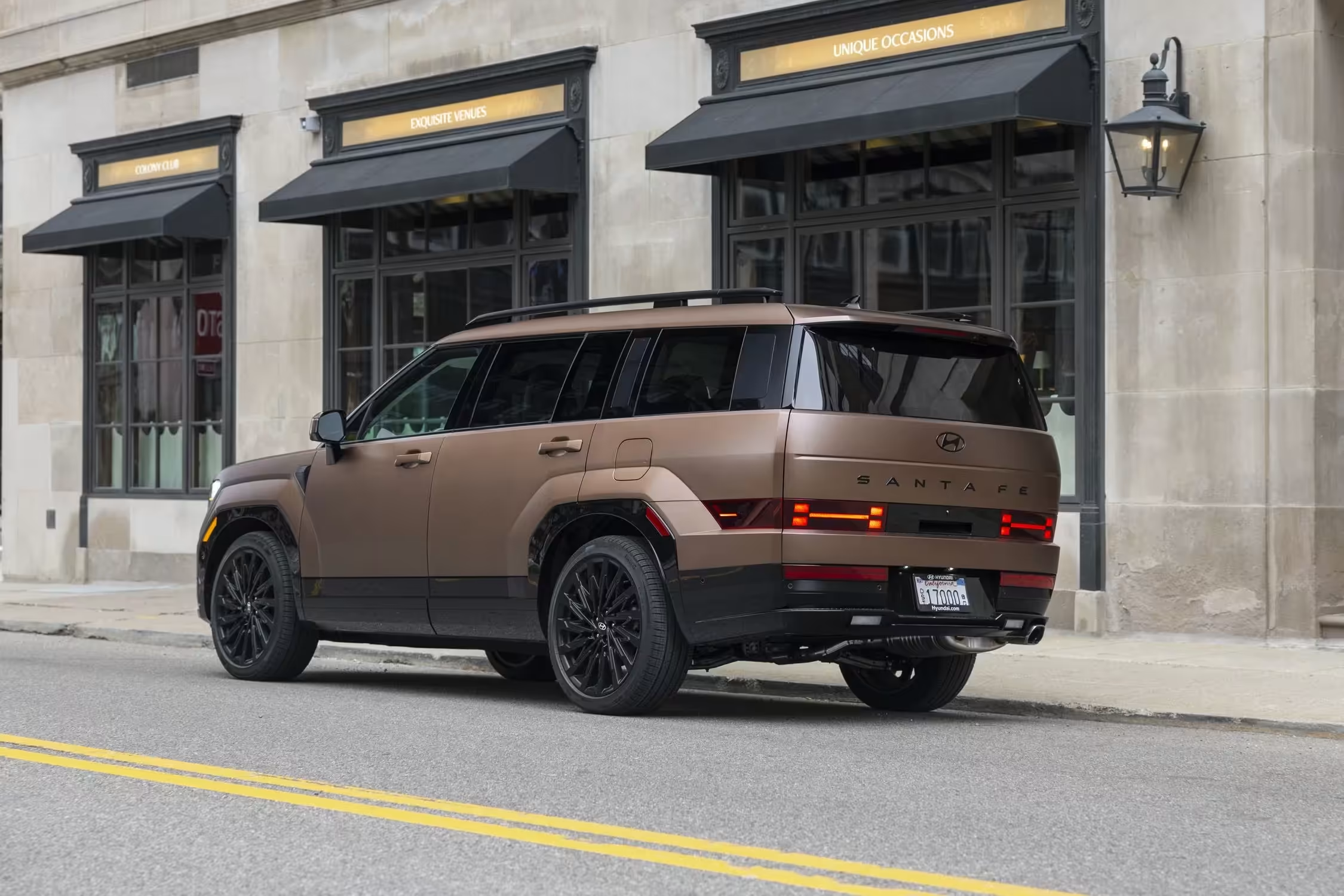
The SE trim is the entry-level version, already offering the dual screens and a good safety package. The SEL adds more comfort and convenience, often providing the best value for money. The XRT has a more adventurous vibe, featuring a raised suspension, all-terrain tires, and all-wheel drive as standard. On the other hand, the Limited and Calligraphy represent the pinnacle of luxury and technology, boasting refined finishes, a panoramic sunroof, premium sound system, and all the available driving assistants.
Highlights by Trim (Example U.S. Market)
- SE: Essential with dual 12.3″ displays
- SEL: Best value, synthetic leather
- XRT: Light adventure, AWD, all-terrain tires
- Limited: Luxury and tech, Bose sound, 360° cameras
- Calligraphy: Top-tier, Nappa leather, heads-up display
Driving Experience: Cushy as a Sofa or Firm in the Curve?
If you’re expecting the agility of a sports car in a three-row SUV, then the Santa Fe might not be your cup of tea. Hyundai clearly prioritized comfort. The suspension smooths out rough surfaces well, making long journeys more pleasurable. The cabin is also well-insulated acoustically, contributing to a relaxing experience.
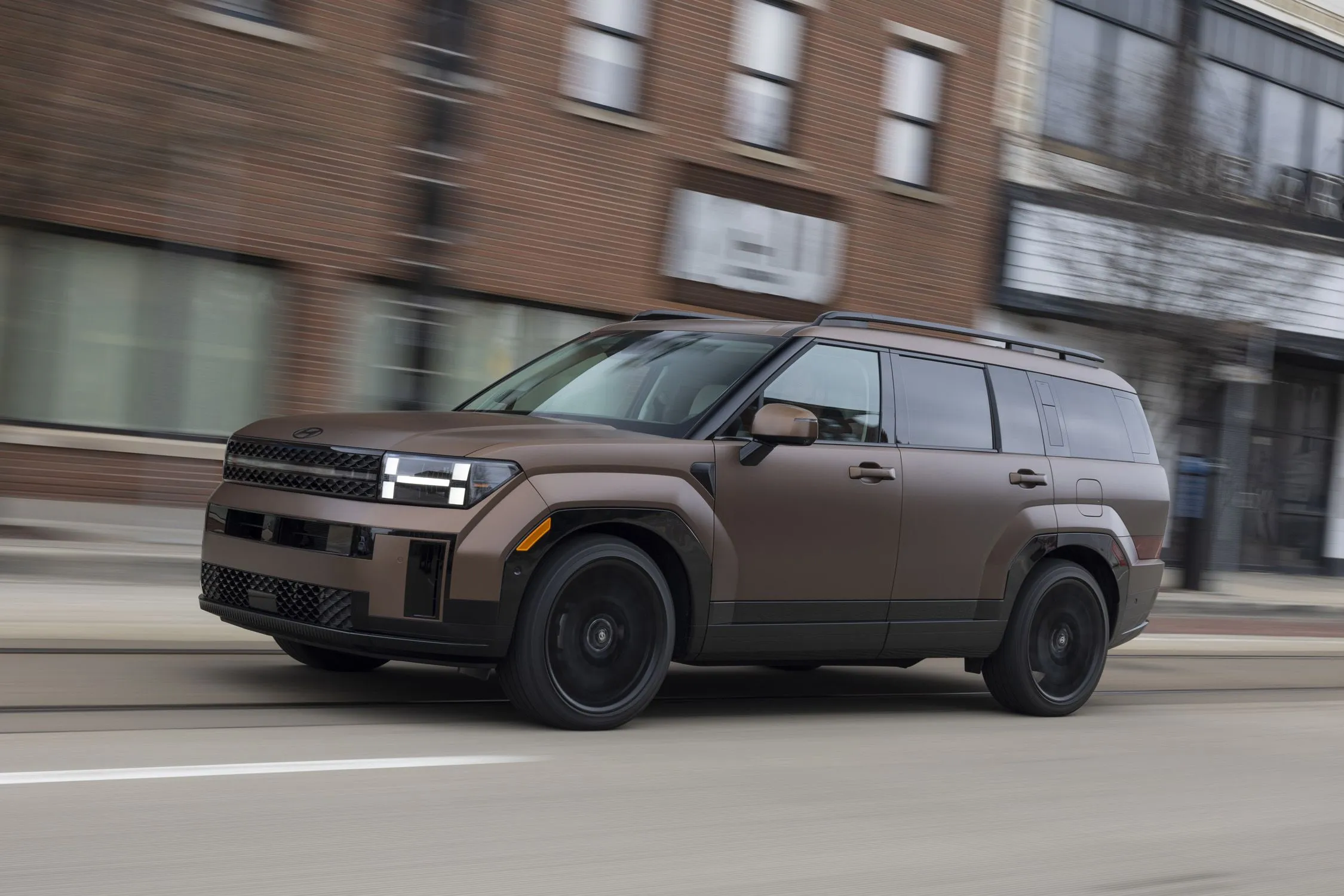
The 2.5 turbo engine offers adequate performance for its size, with competent acceleration and passing power (0 to 60 mph takes around 6.5 seconds, according to U.S. testing). However, the steering is light and somewhat numb, lacking a bit of confidence in spirited driving. In curves, the body leans a bit, reinforcing its family-oriented, comfortable nature. Models like the Mazda CX-90 might deliver a more engaging dynamic for those who value that.
Pros and Cons: The Naked Truth
No car is perfect, and the 2025 Hyundai Santa Fe has its ups and downs. We’ve weighed everything so you can decide if it fits your daily needs.
Positive Points (The Bright Side of Boxy Power)
- Generous Space: Great for families and luggage.
- Abundant Technology: Screens, connectivity, and amenities.
- Striking Design: Stands out in a crowd (if you like it).
- Riding Comfort: Soft suspension for long journeys.
- Hybrid Versions: Efficient options available.
- Complete Safety: Robust SmartSense package.
Negative Points (Where the Rubber Meets the Road)
- Controversial Design: Definitely not for everyone.
- Fuel Efficiency: The 2.5T engine isn’t known for economy.
- Limited 3rd Row: Ideally for kids.
- Numb Steering: Lacks a bit of “feel.”
- Comfort (Large Wheels): Top trims may struggle on rough surfaces.
- Maintenance?: Costs can be unpredictable in certain markets.
Frequently Asked Questions (FAQ)
Answering Your Questions About the 2025 Santa Fe
- What is the price of the 2025 Hyundai Santa Fe? In the U.S., it starts at around $35,000 (SE) and goes up to nearly $50,000 (gas Calligraphy), without options. Prices in other countries vary widely due to taxes and local versions.
- Is the third row of the Santa Fe 2025 suitable for adults? It’s cramped for adults on long journeys. It works better for children or short trips. Larger SUVs like the Palisade offer more space in the back.
- Does the 2025 Hyundai Santa Fe have a hybrid version? Yes! There are conventional hybrid (HEV) and plug-in hybrid (PHEV) options, both using a 1.6L turbo engine as the base, available in higher trims.
- What are the main competitors of the Santa Fe 2025? It competes directly with the Kia Sorento, Toyota Highlander, Honda Pilot, Ford Explorer, Jeep Grand Cherokee, and Kia Telluride.
- Does the boxy design improve space or is it just for style? The design contributes to a taller, flat rear ceiling which helps with head space and vertical load volume, but the main gains stem from the overall dimension increases.
So, did the 2025 Hyundai Santa Fe win you over with its unique style and tech package, or do you prefer something more traditional? Share your thoughts in the comments!
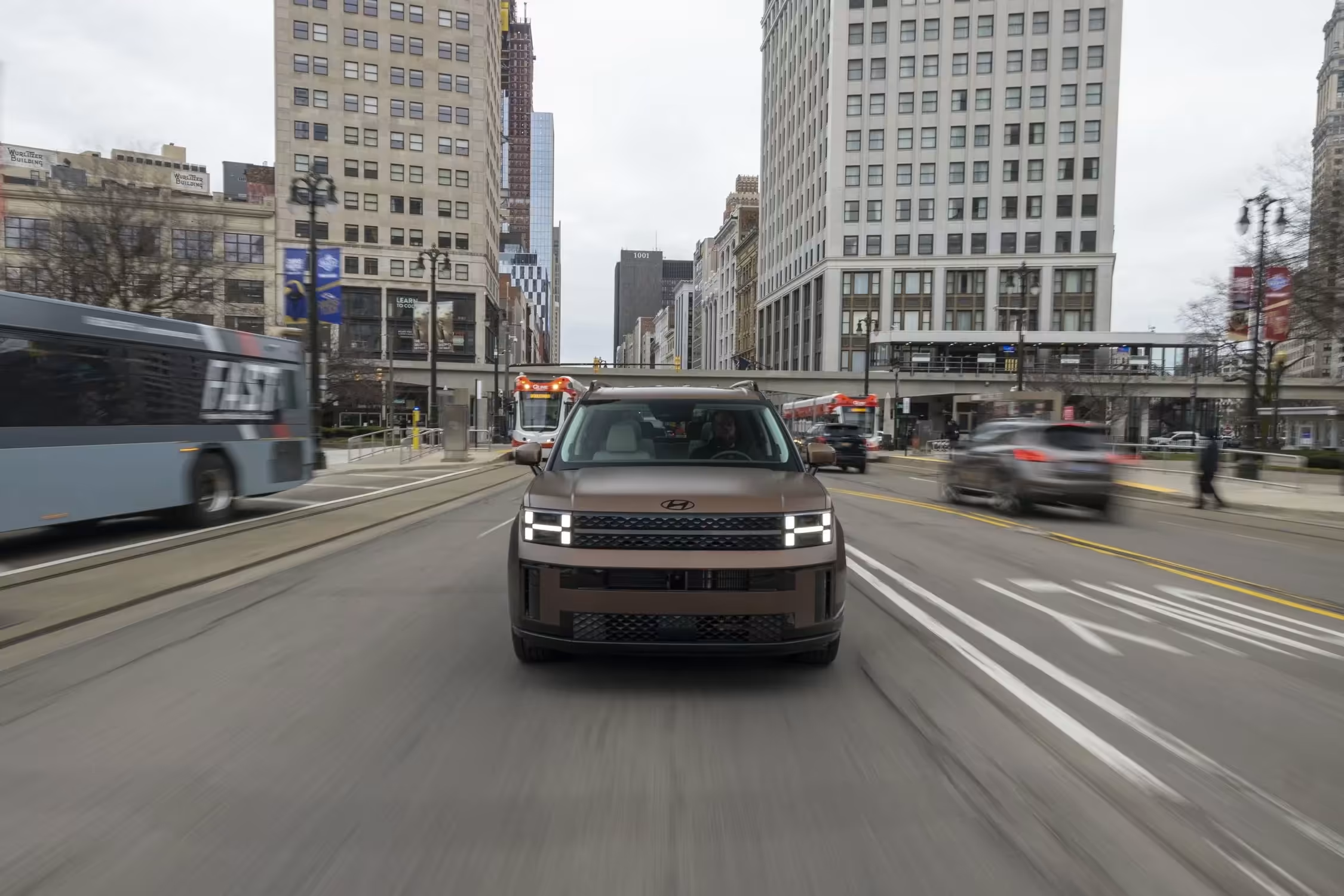
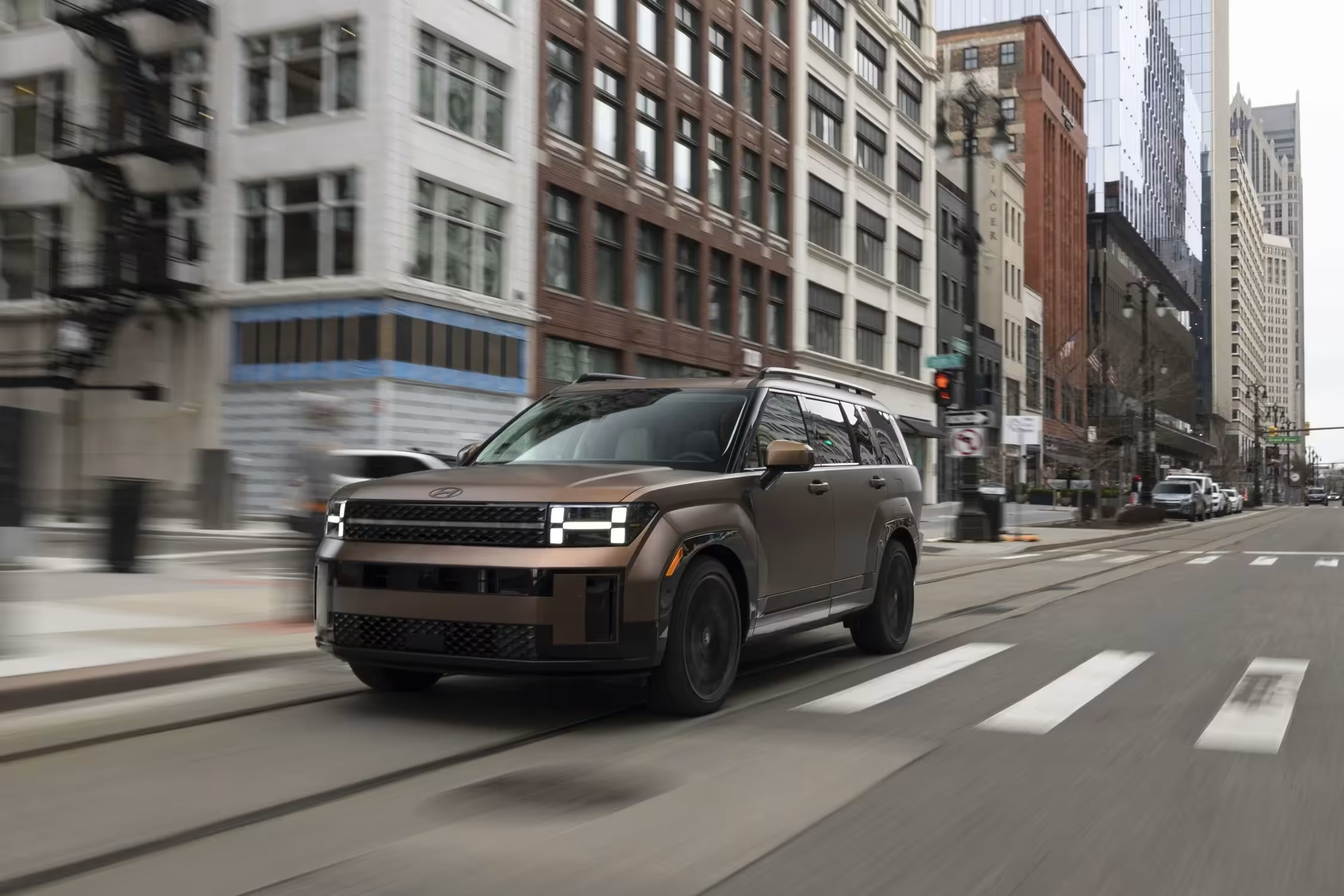
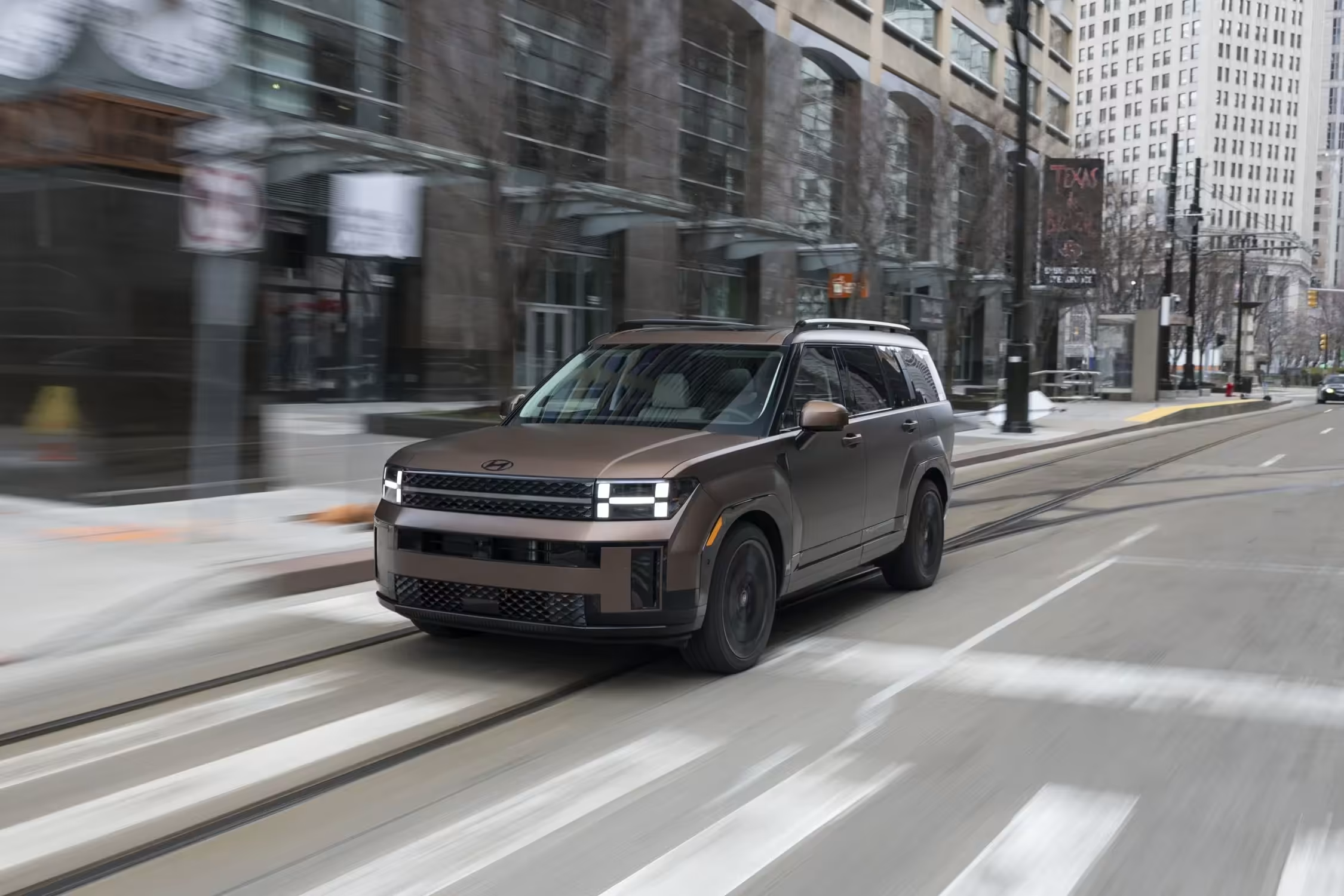
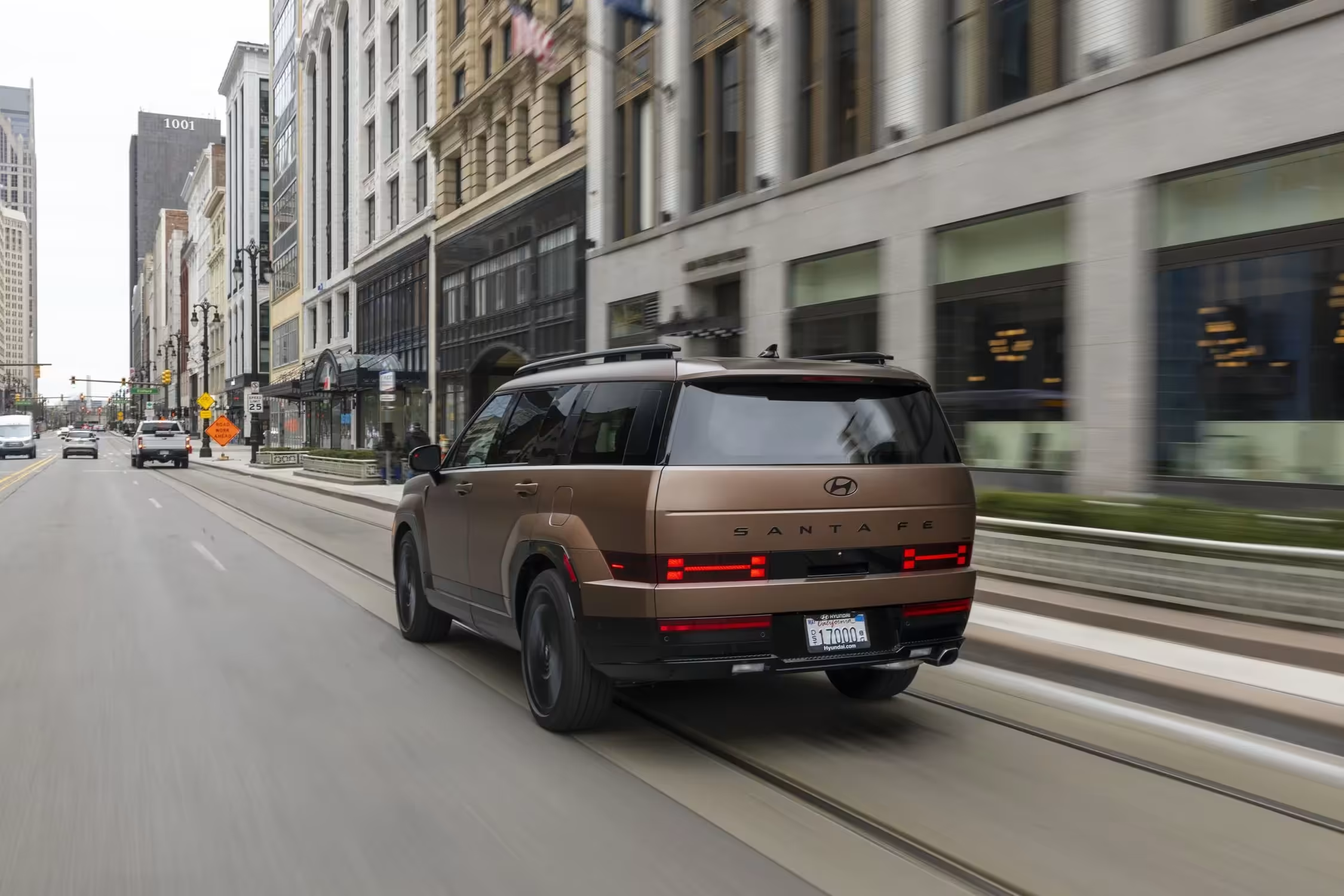
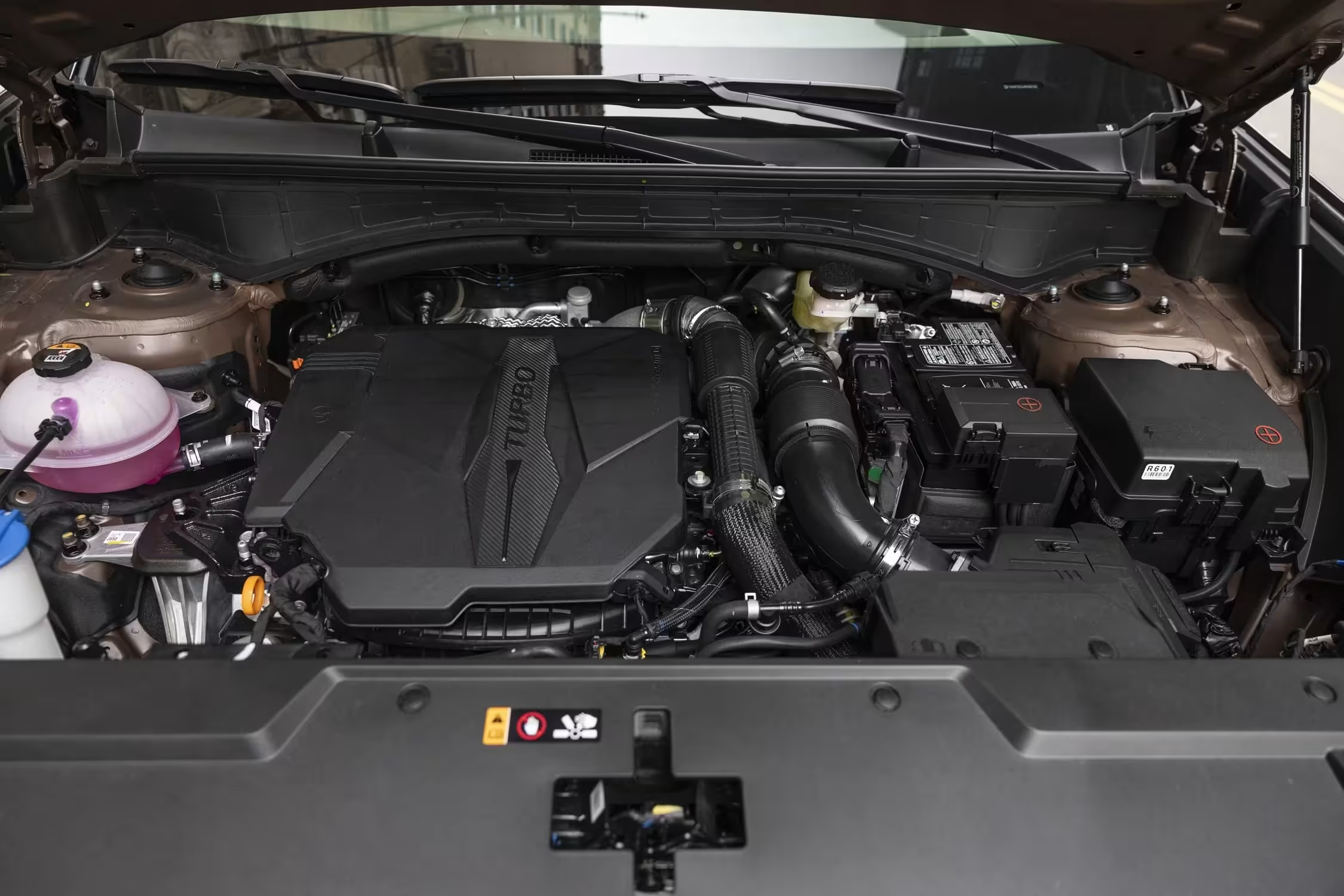


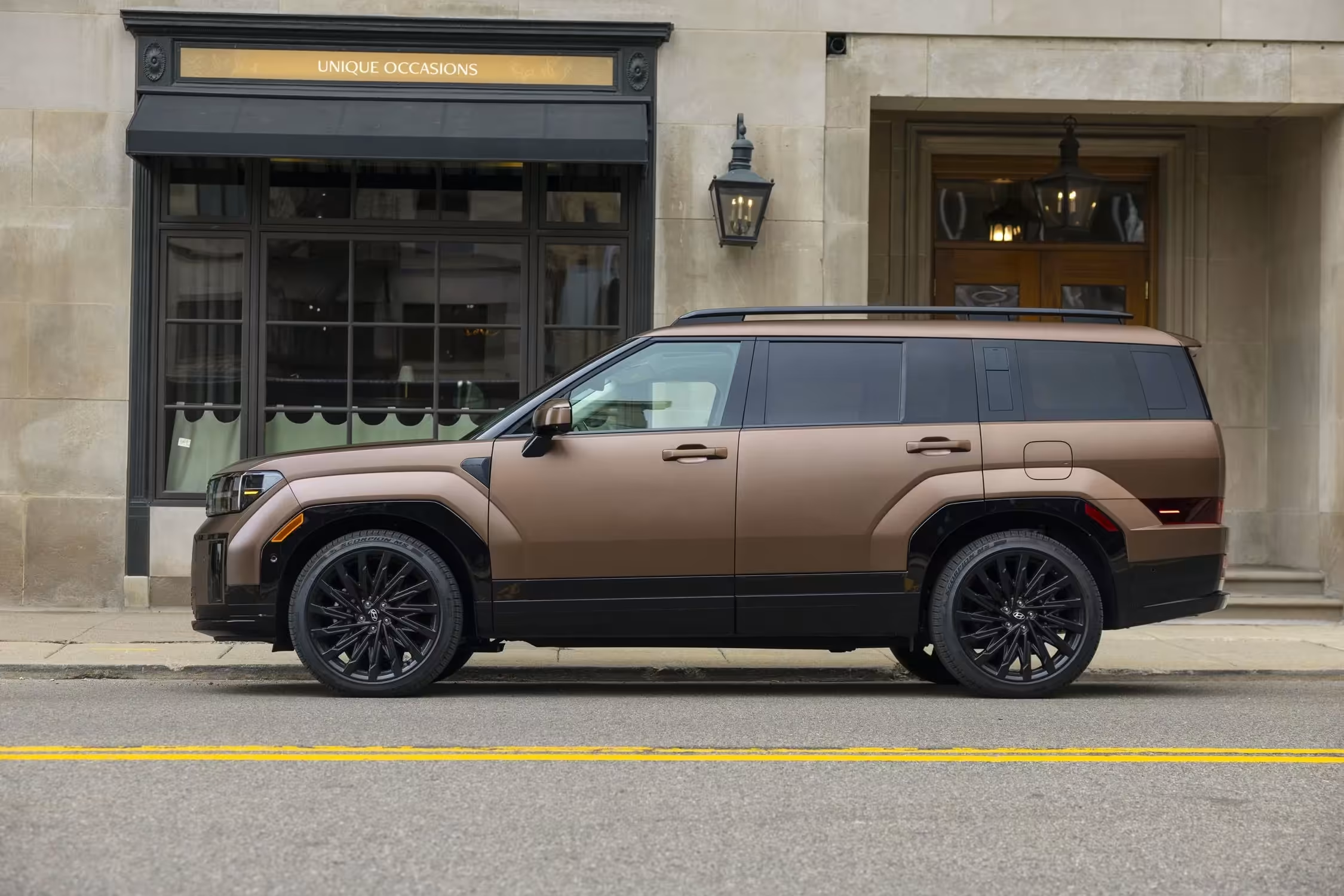

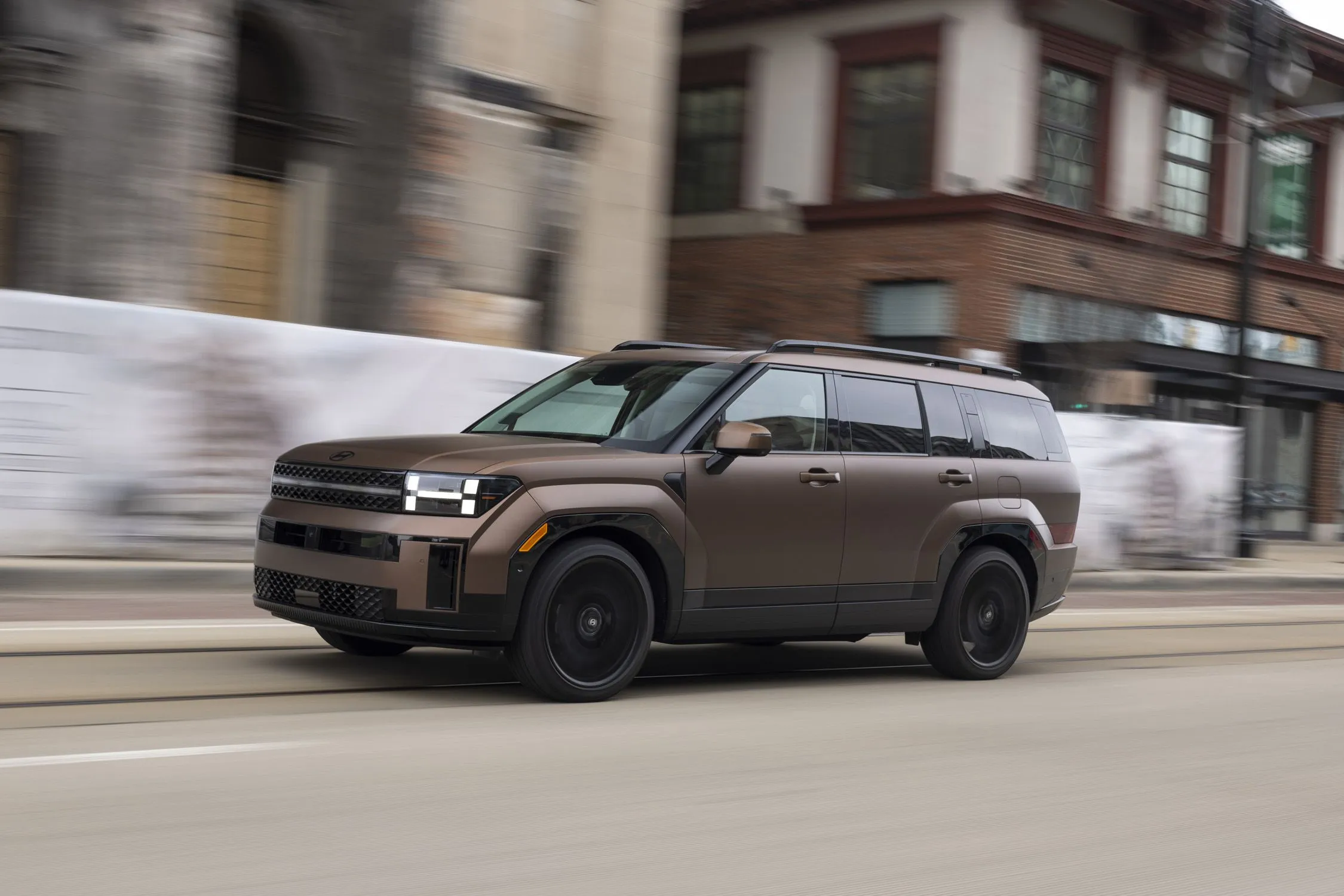
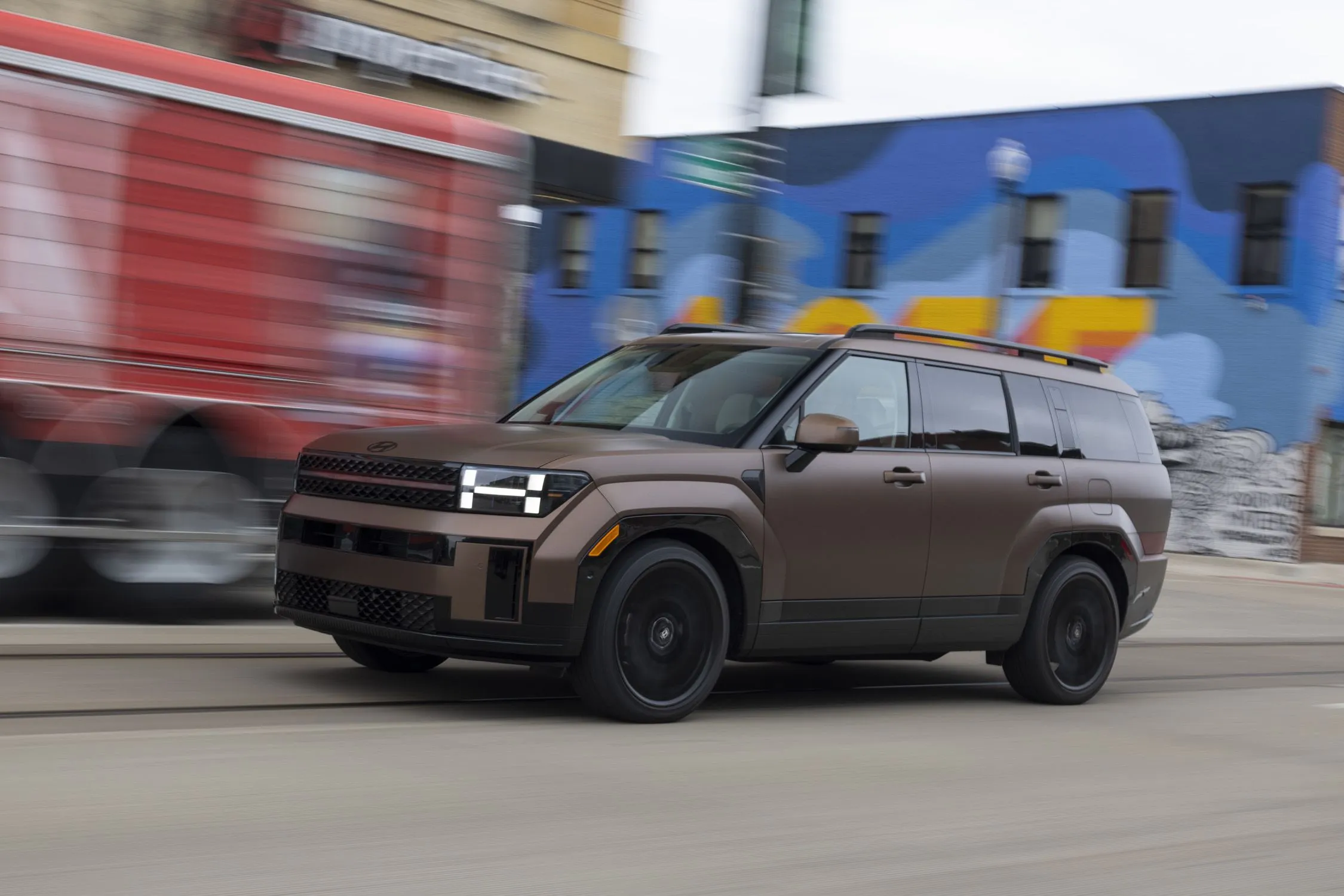

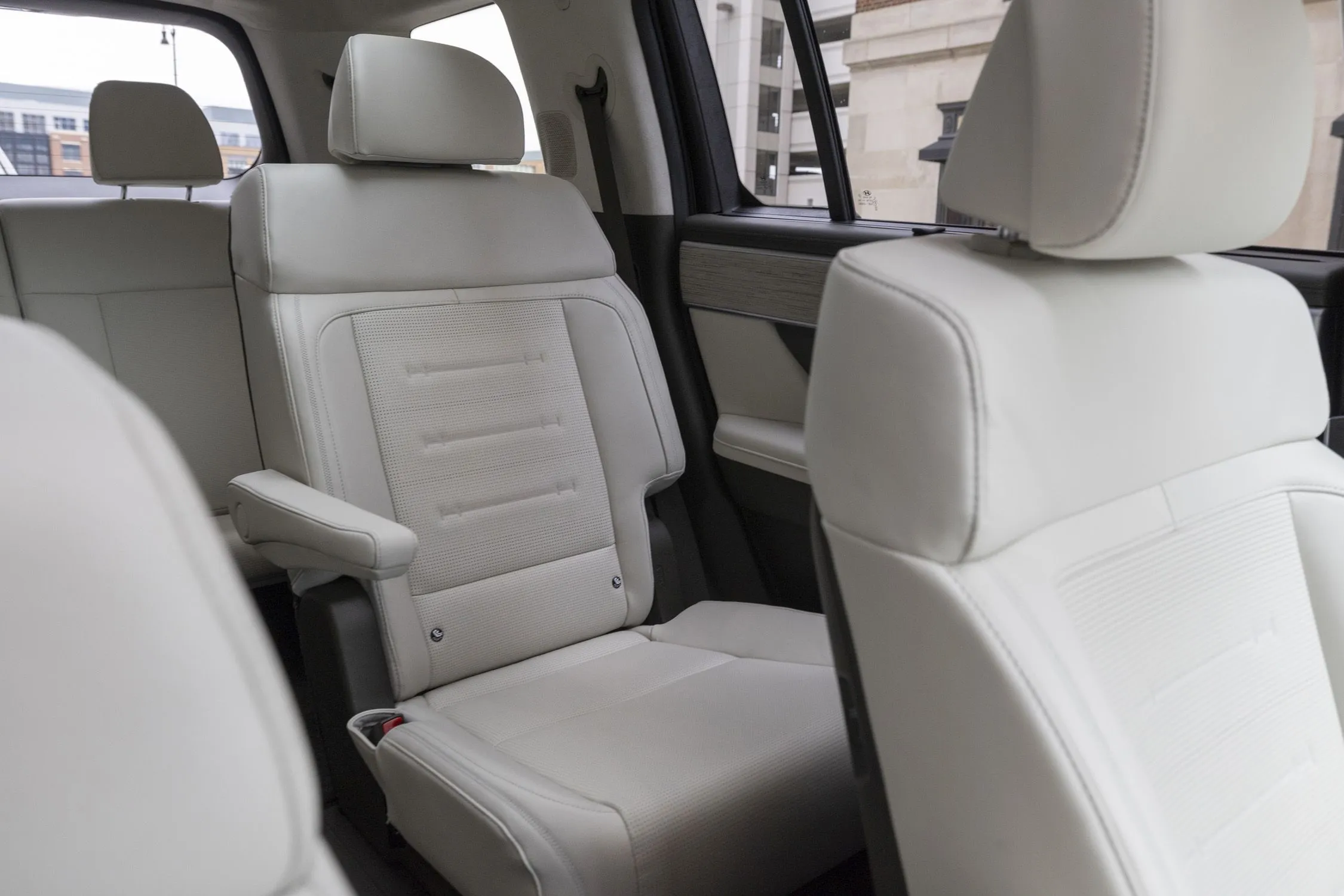

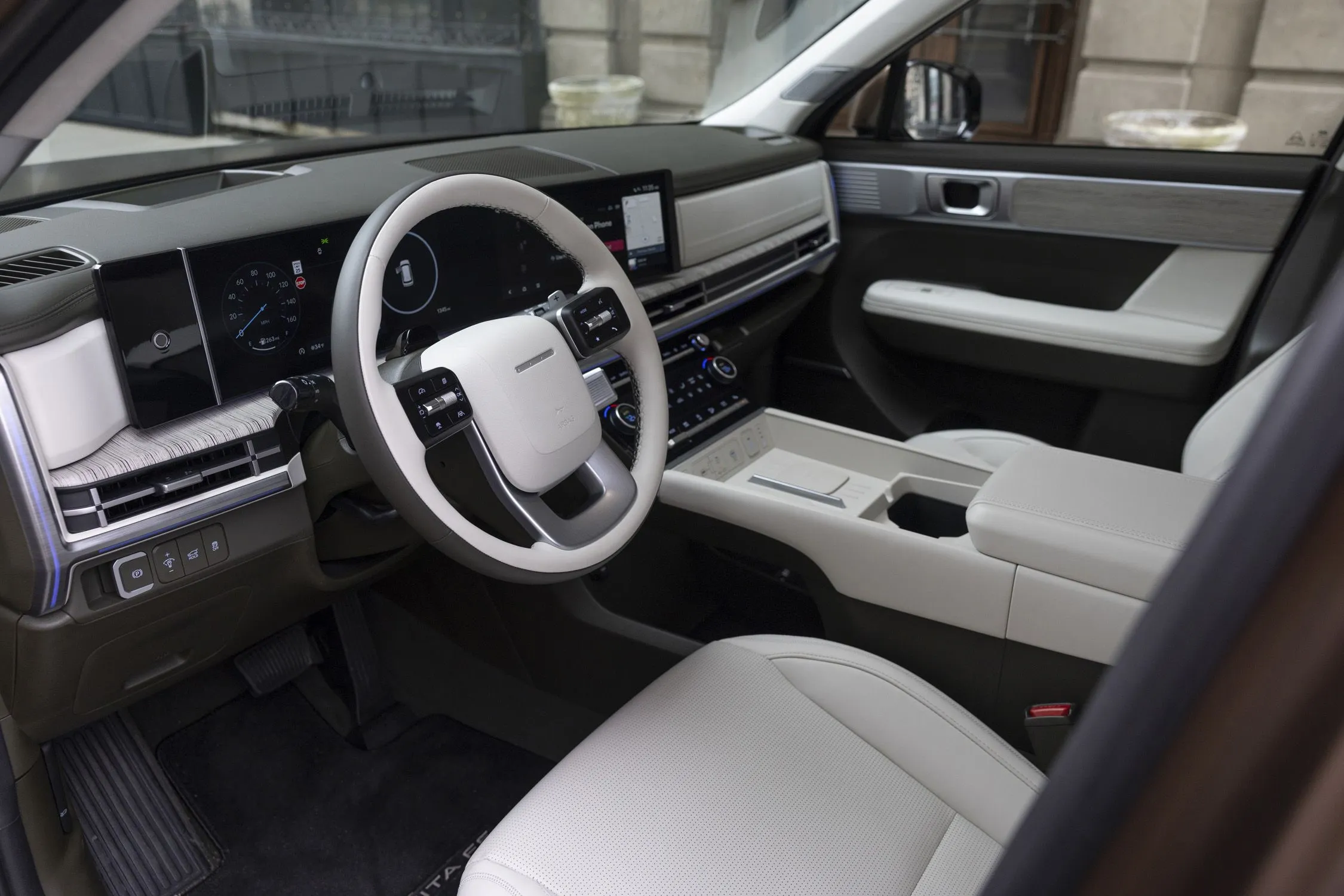
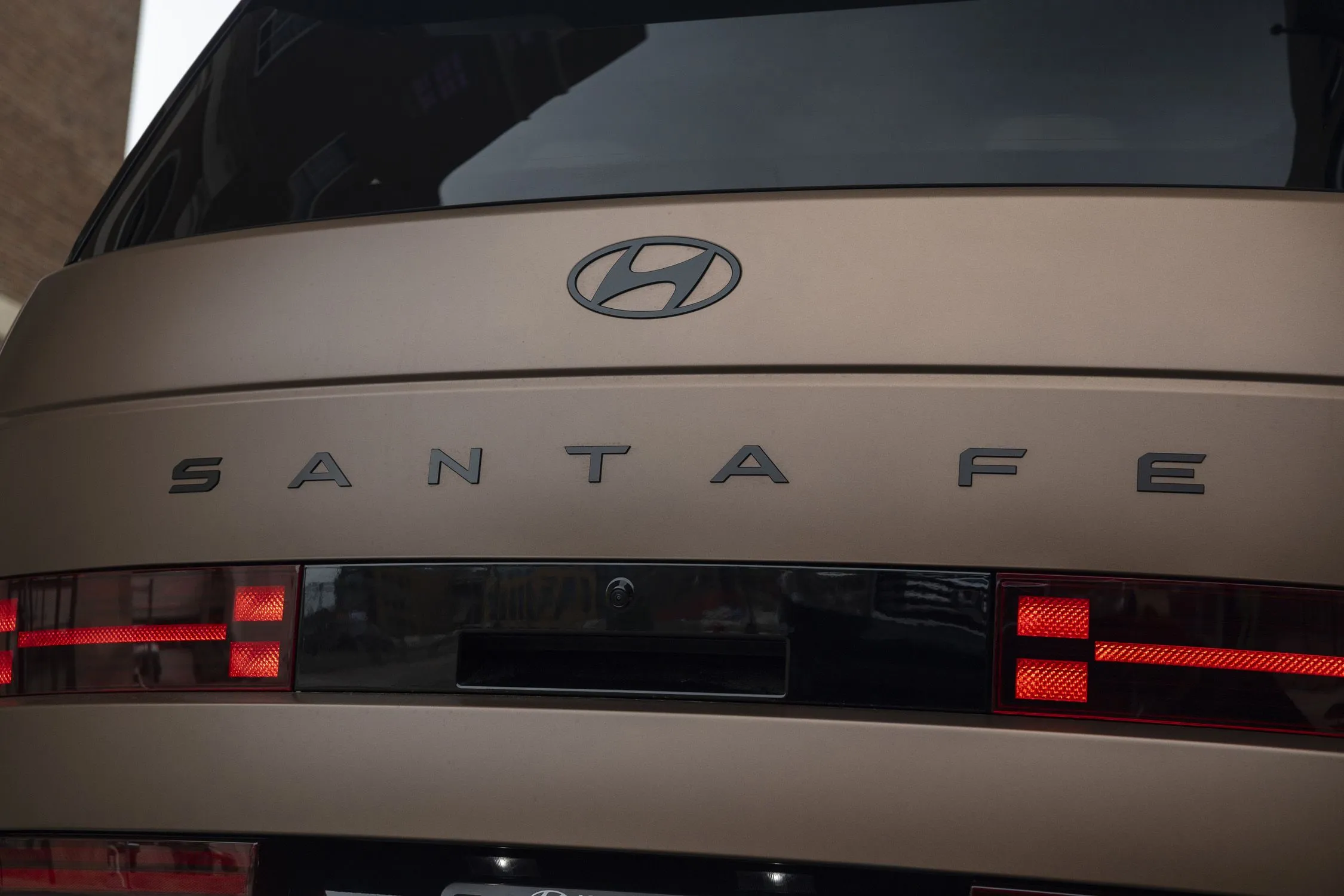
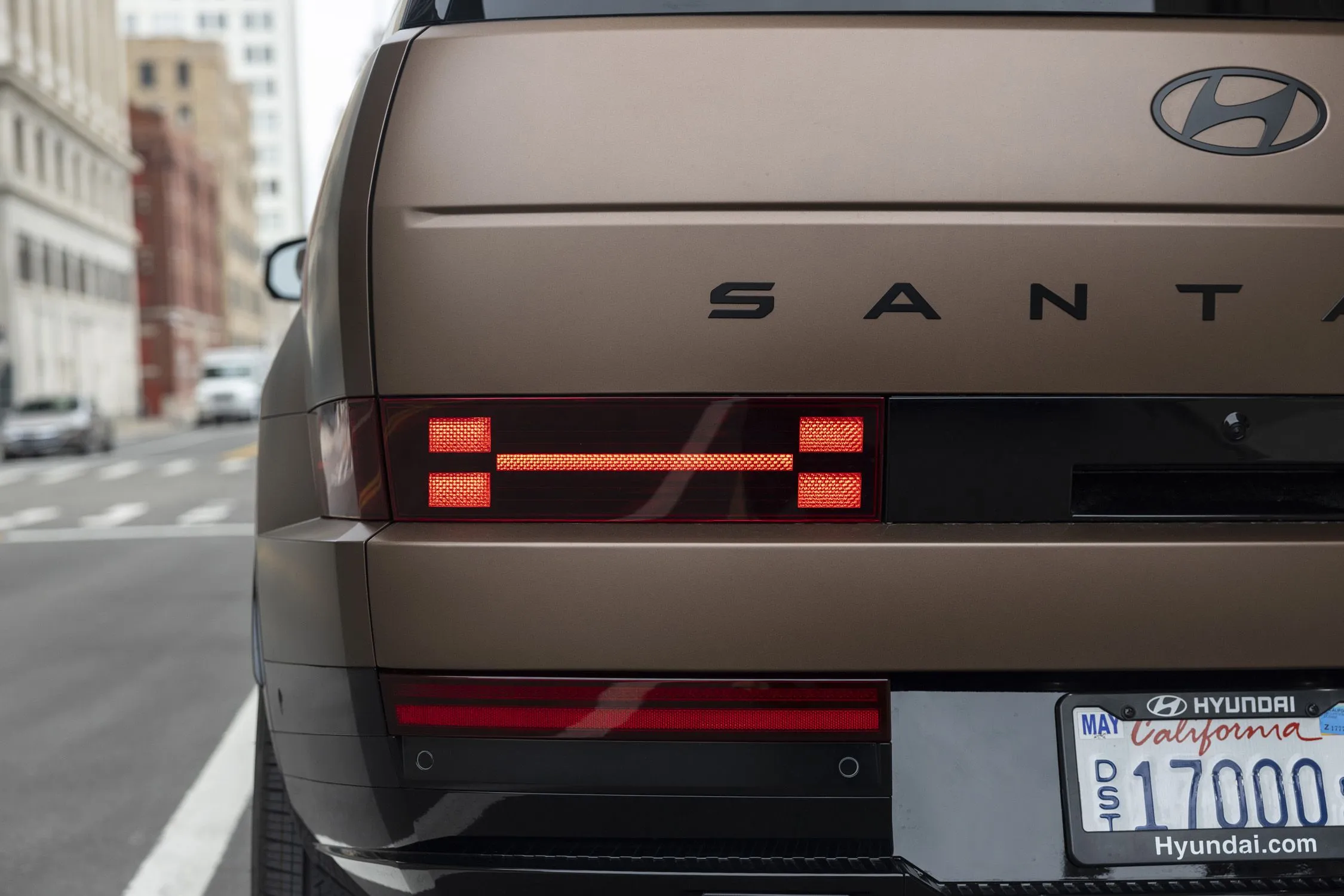

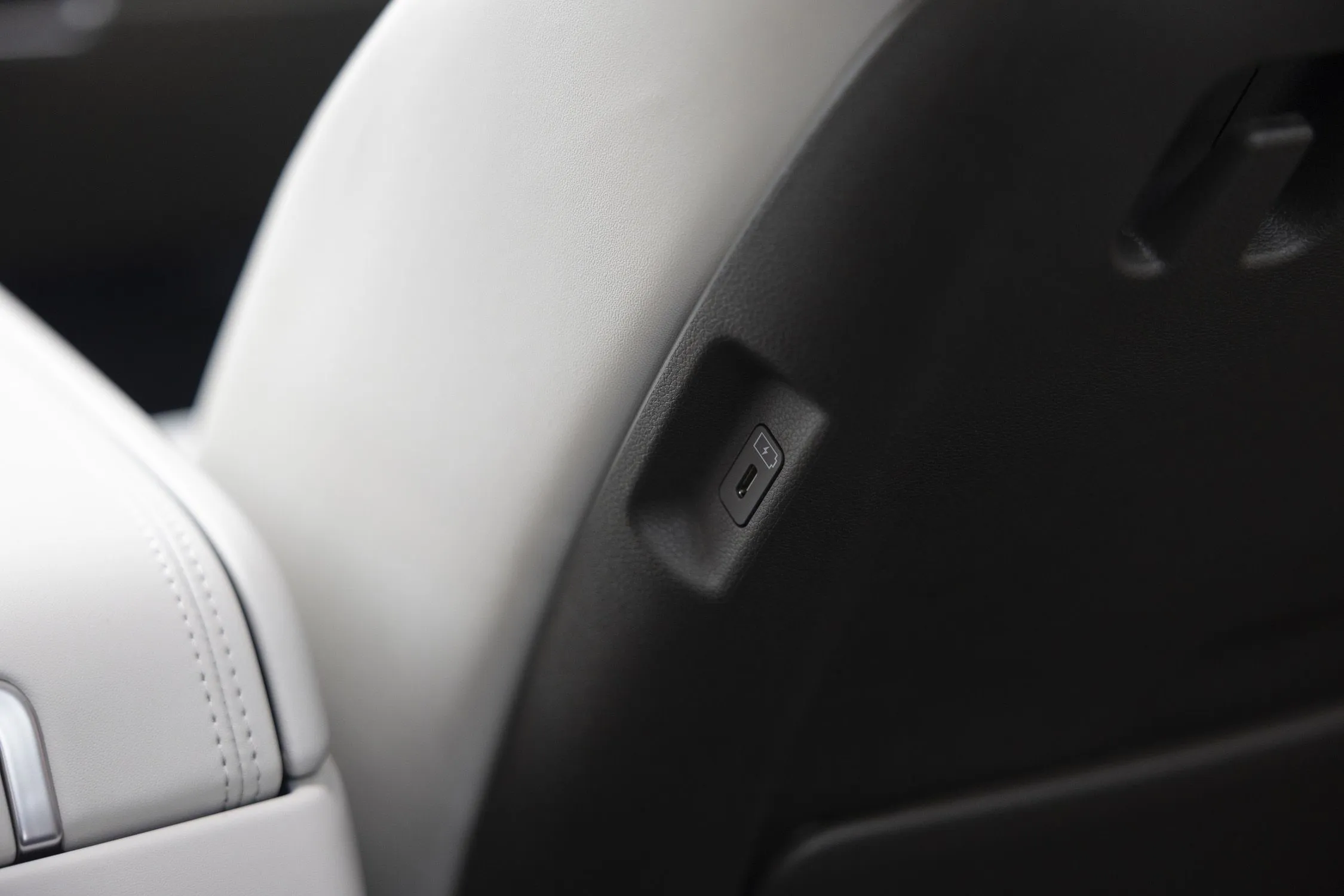
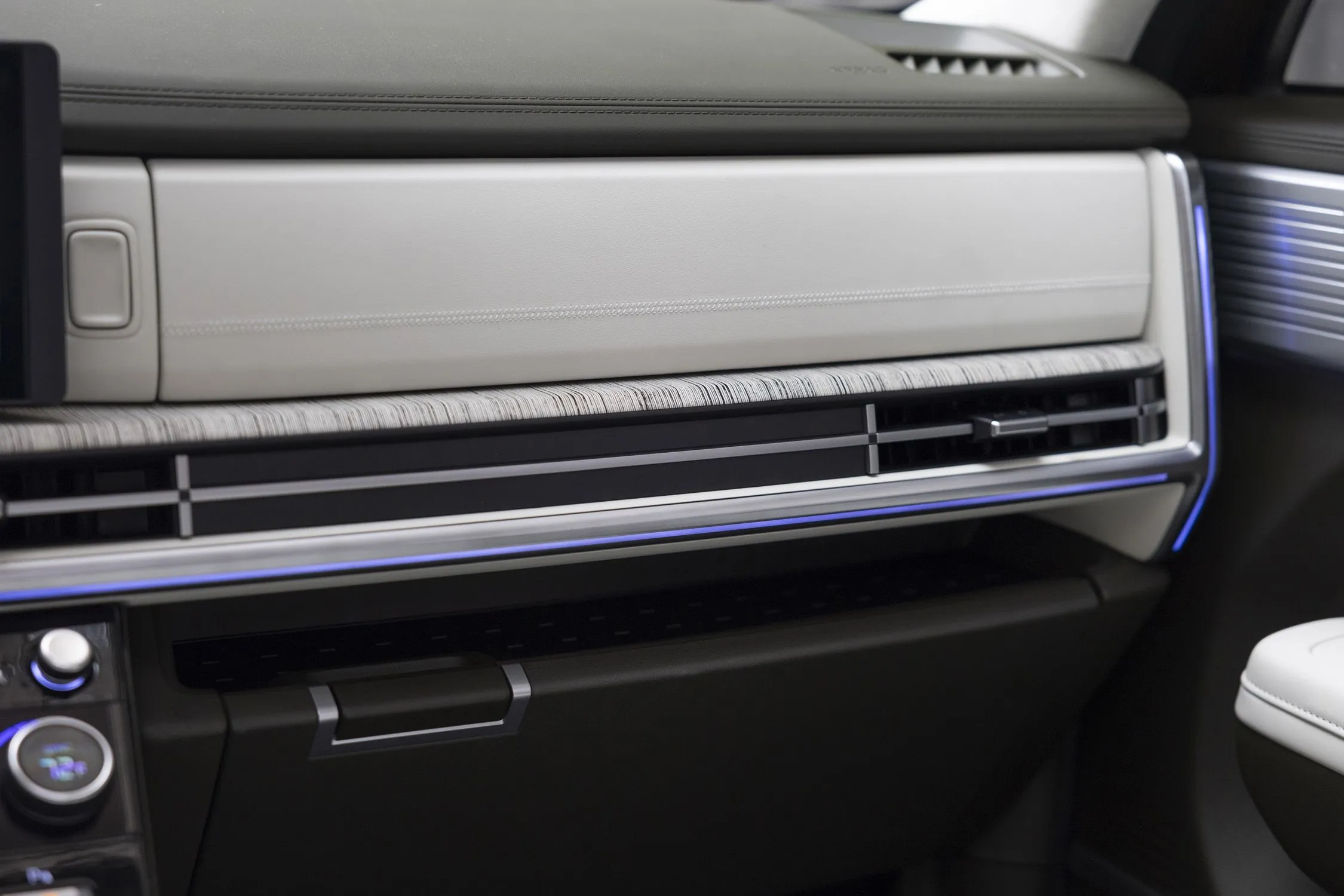
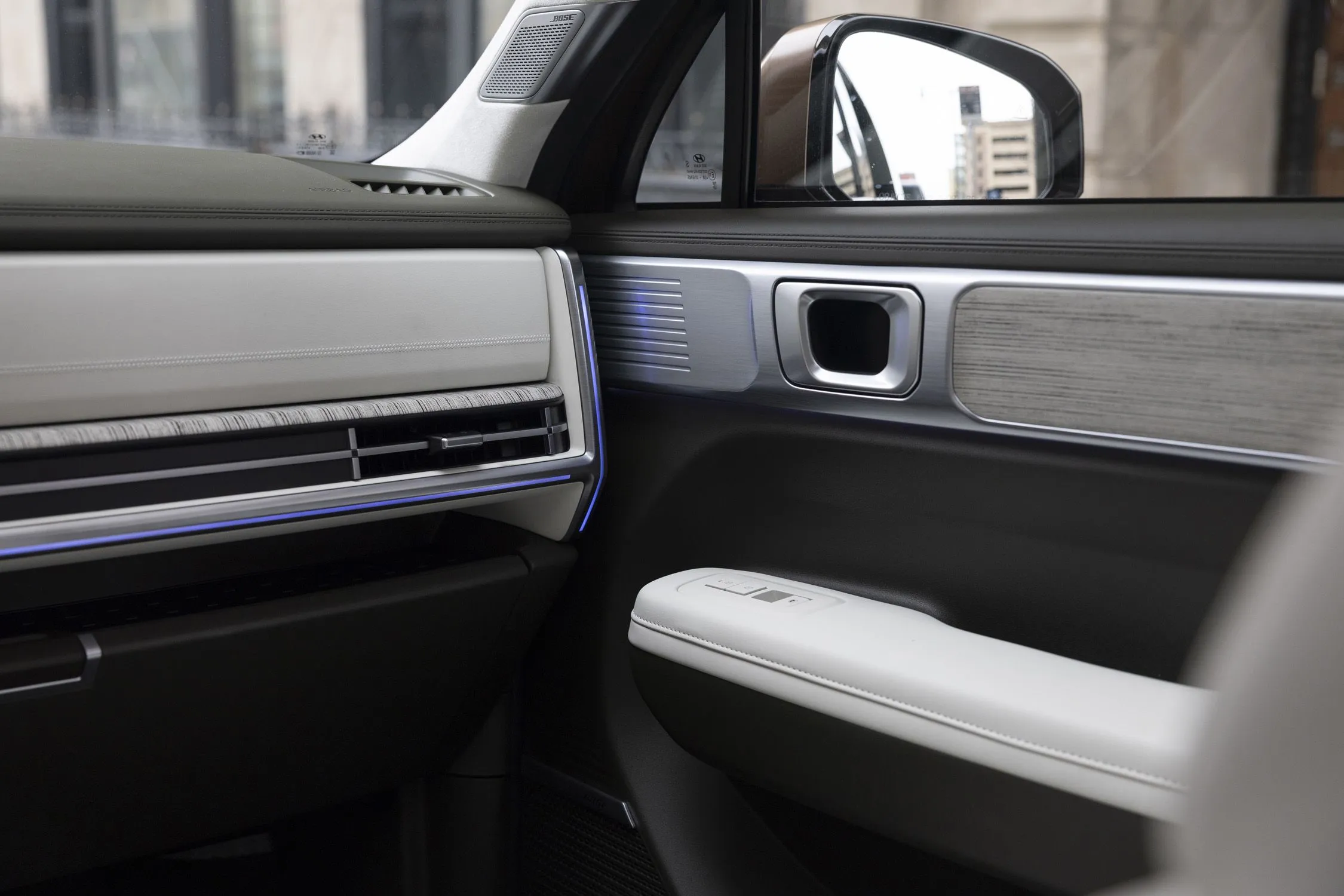
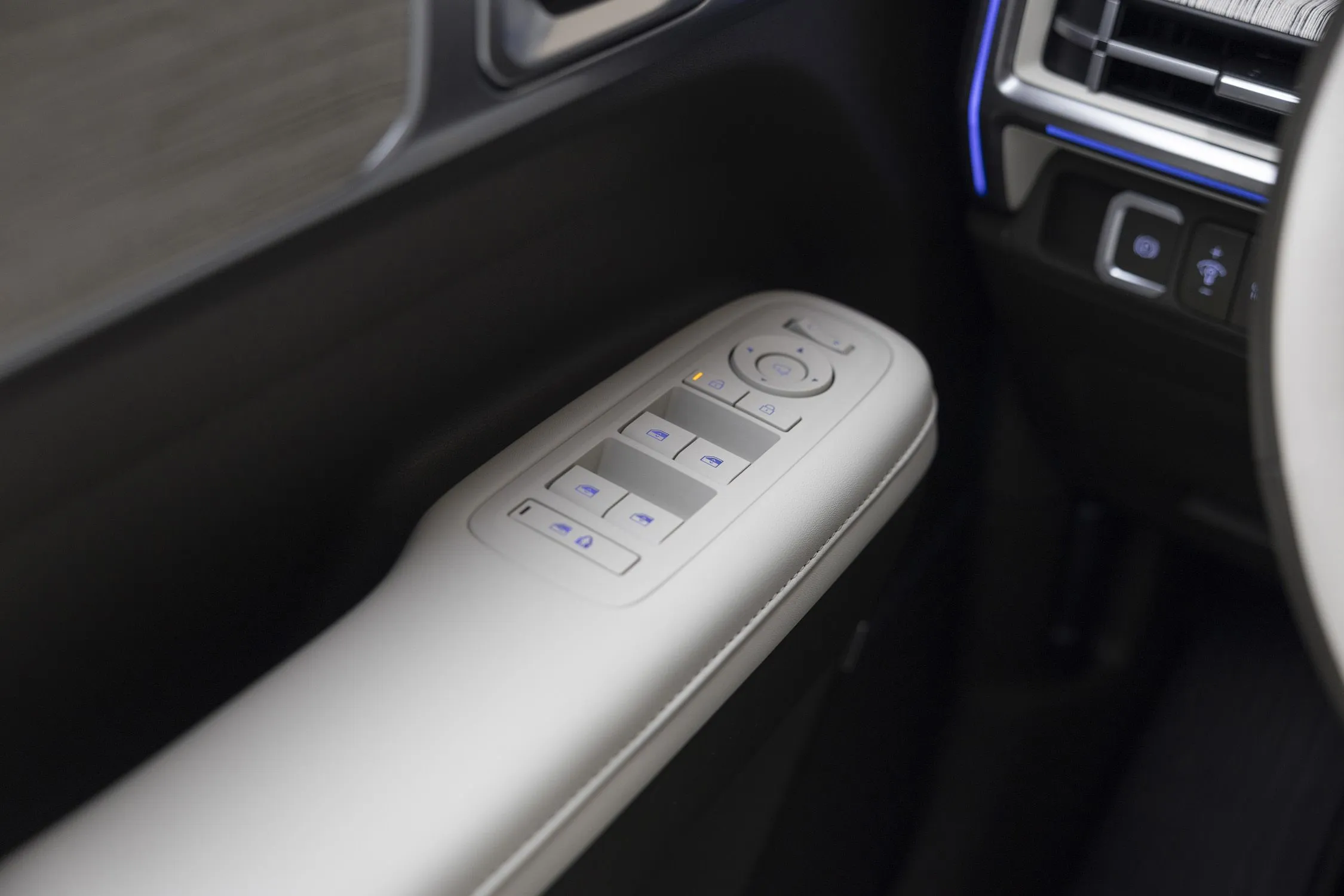

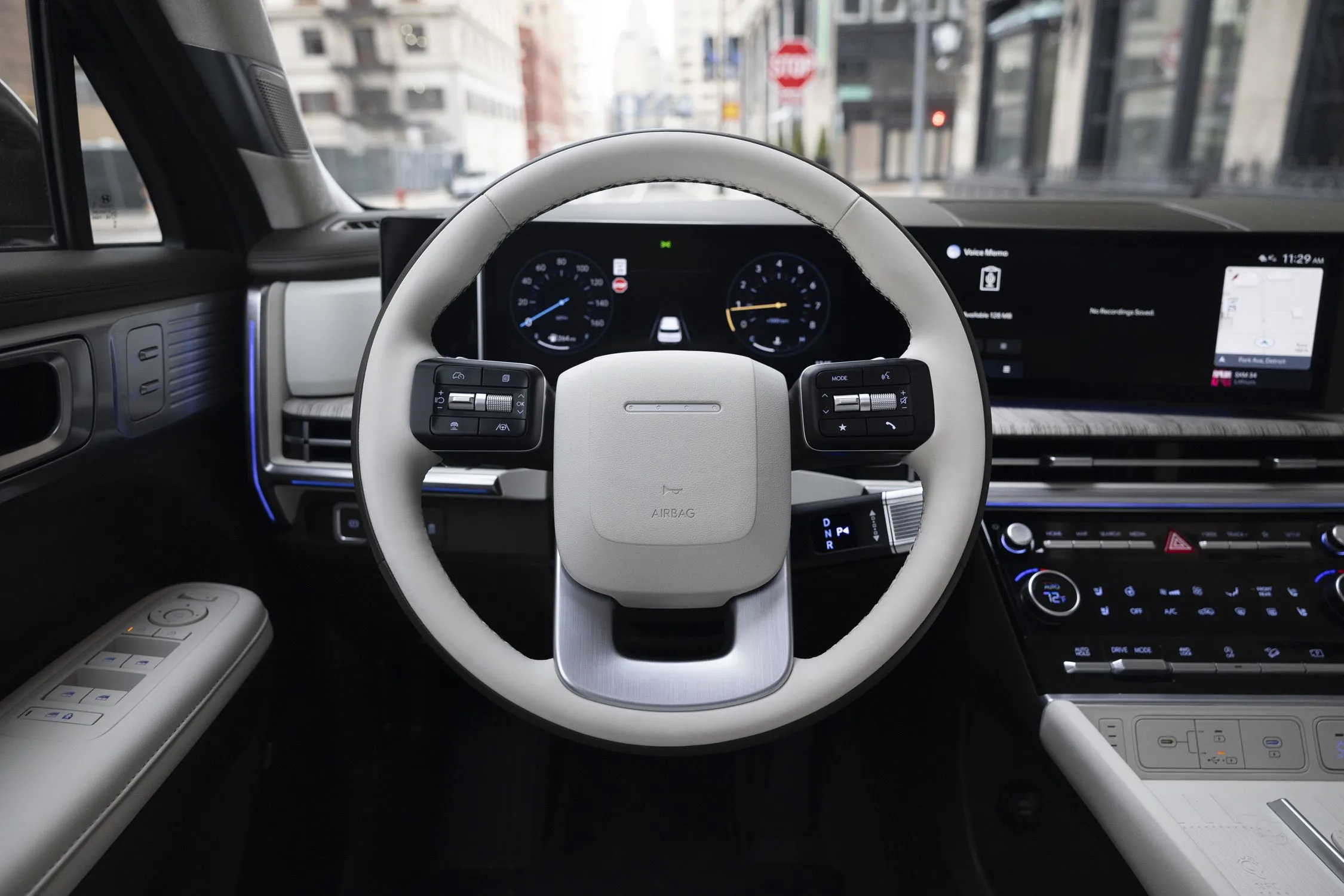

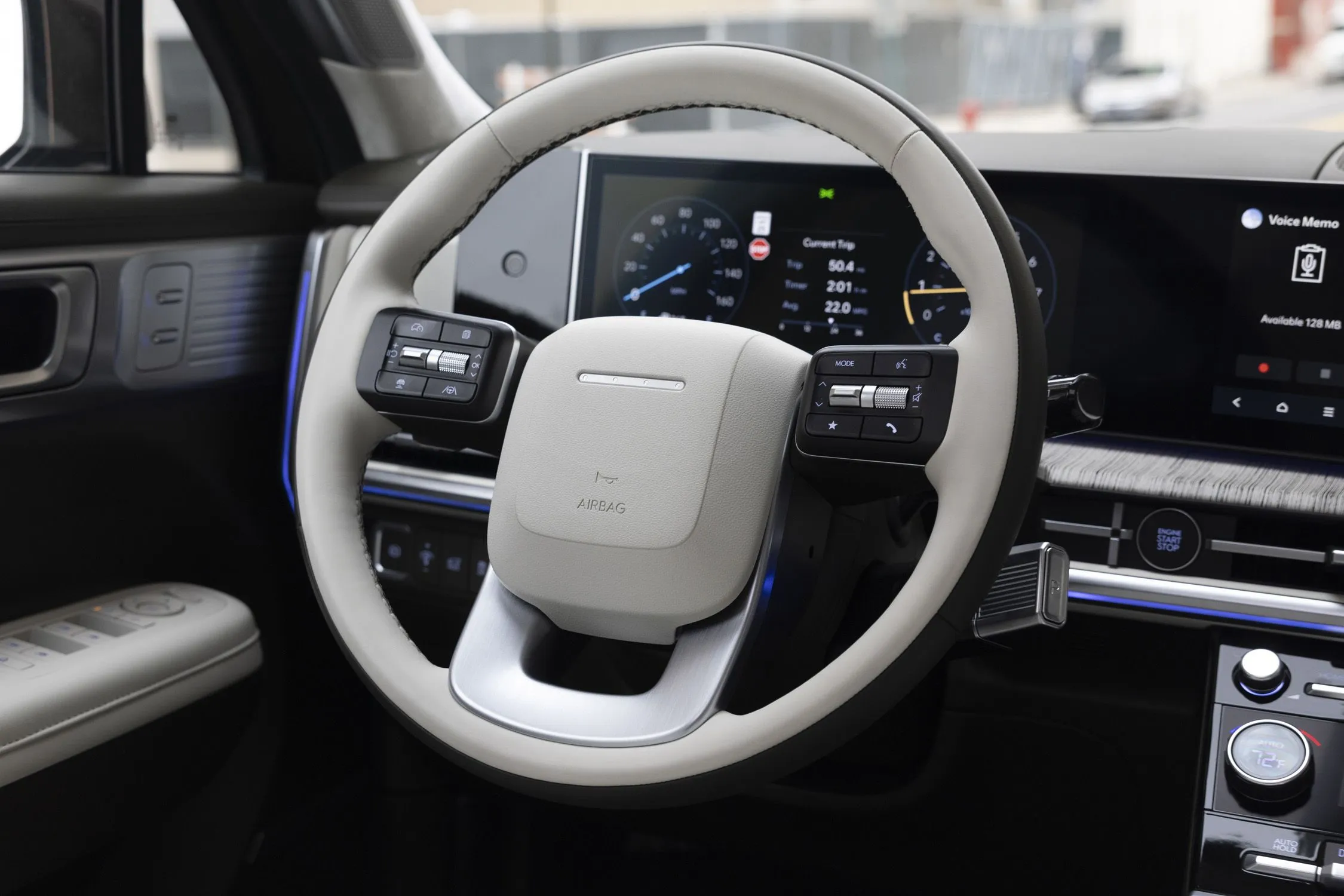
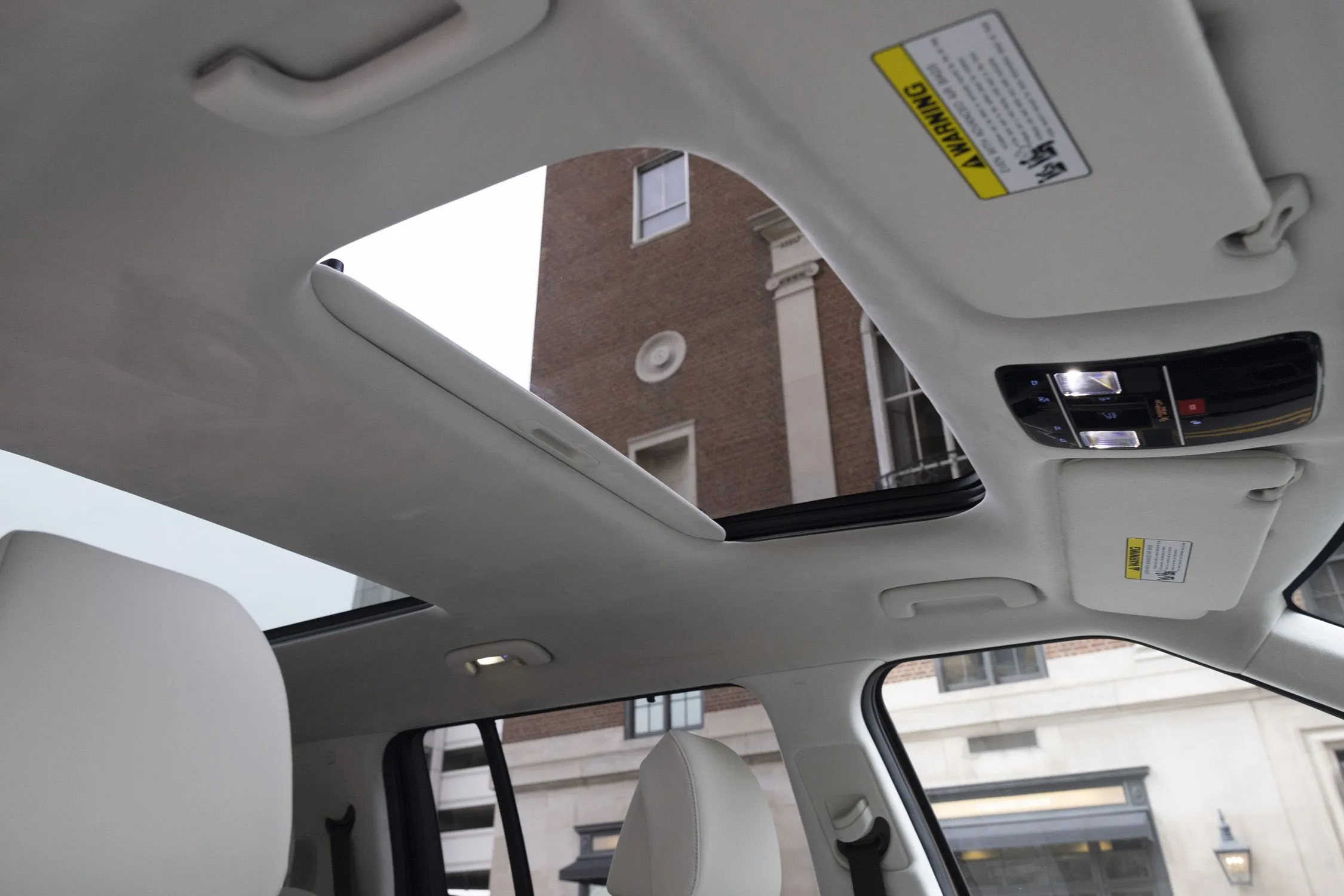
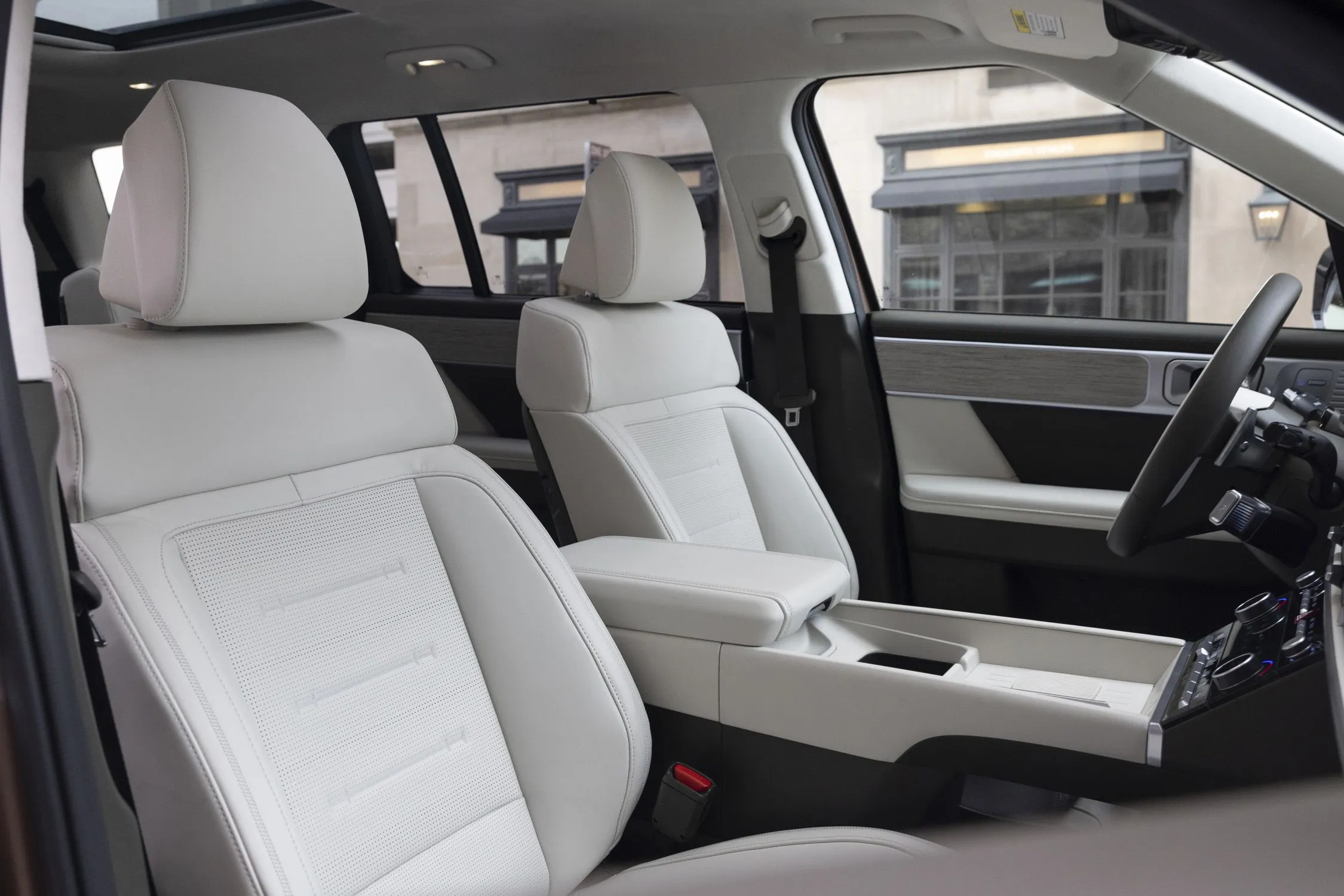
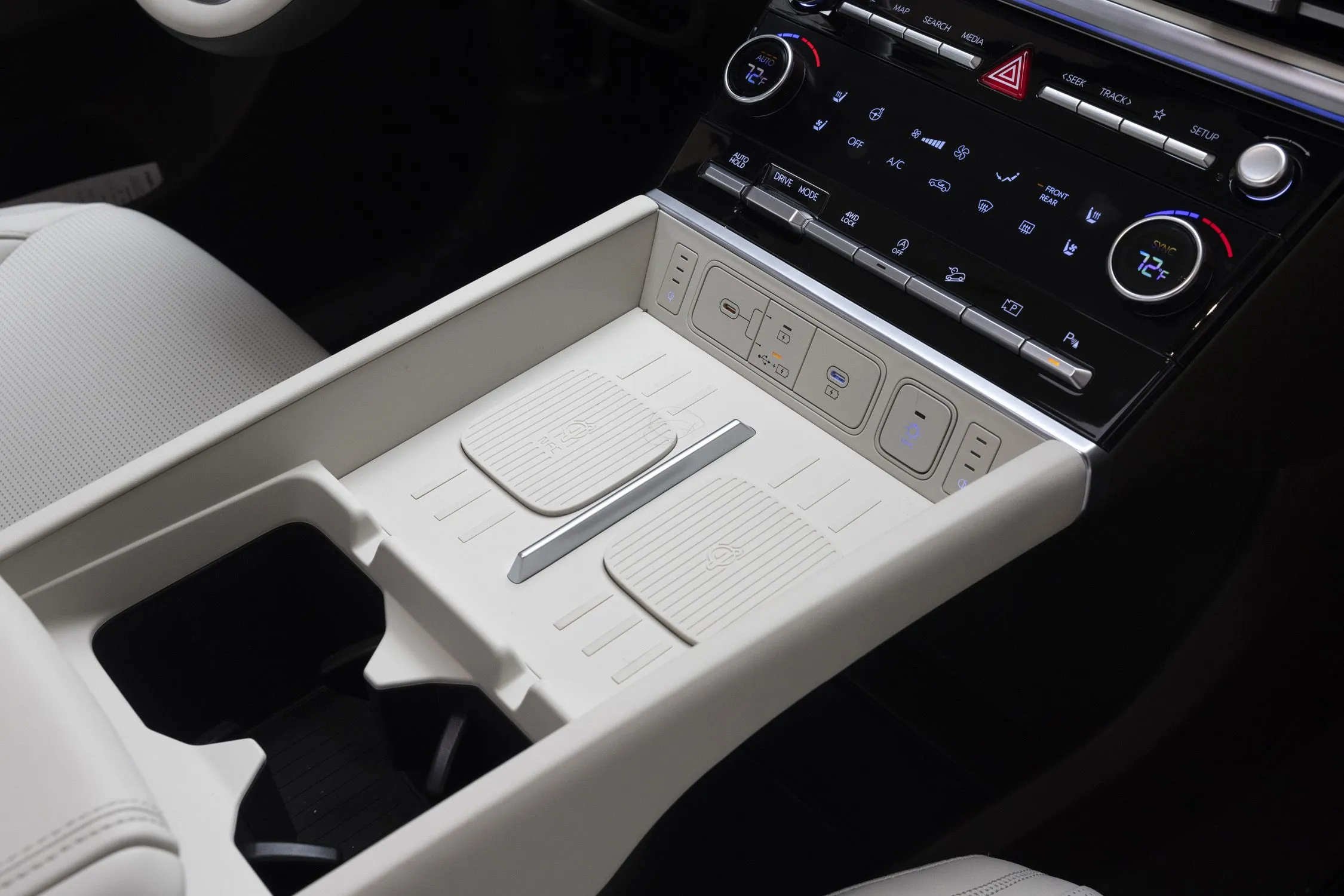
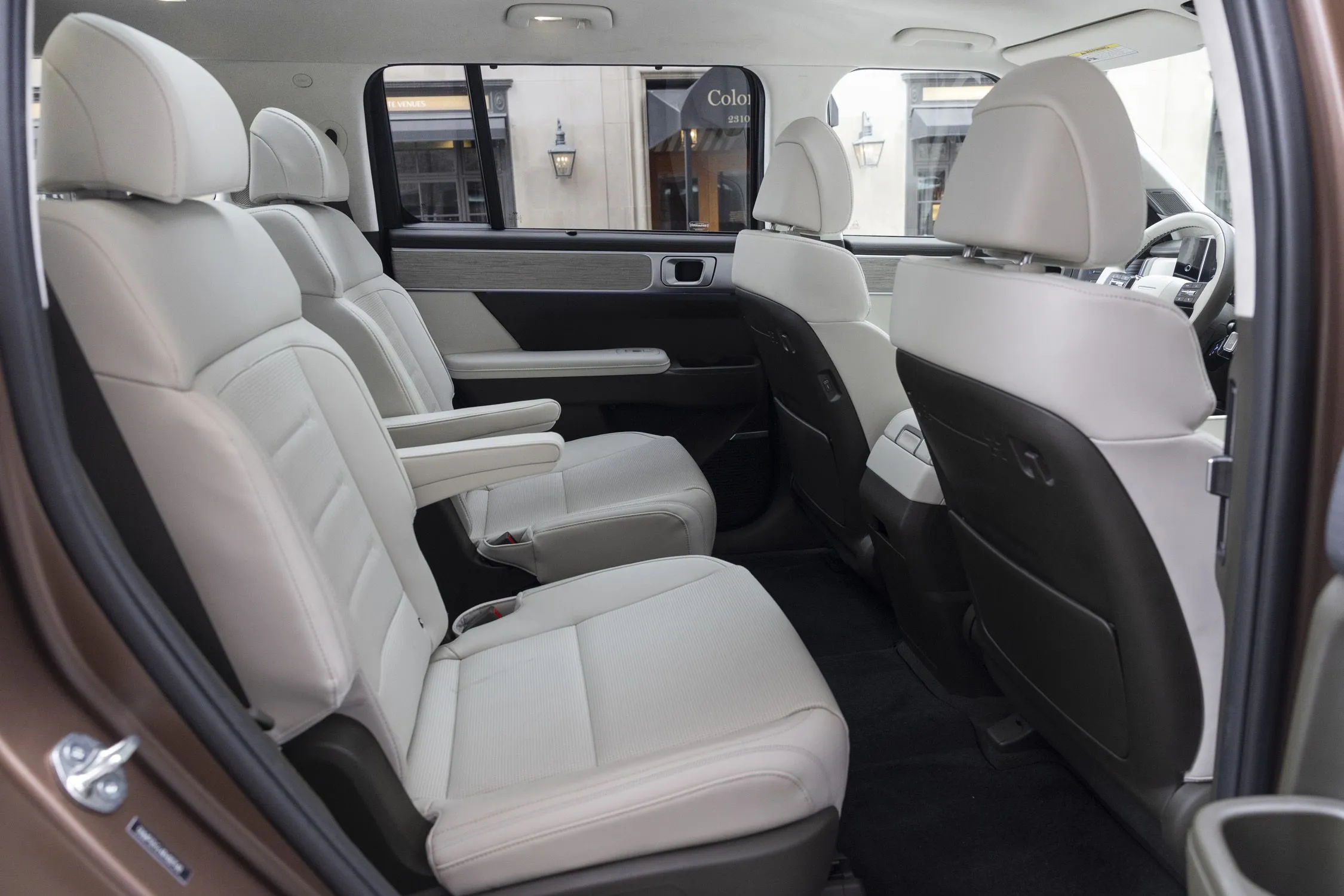

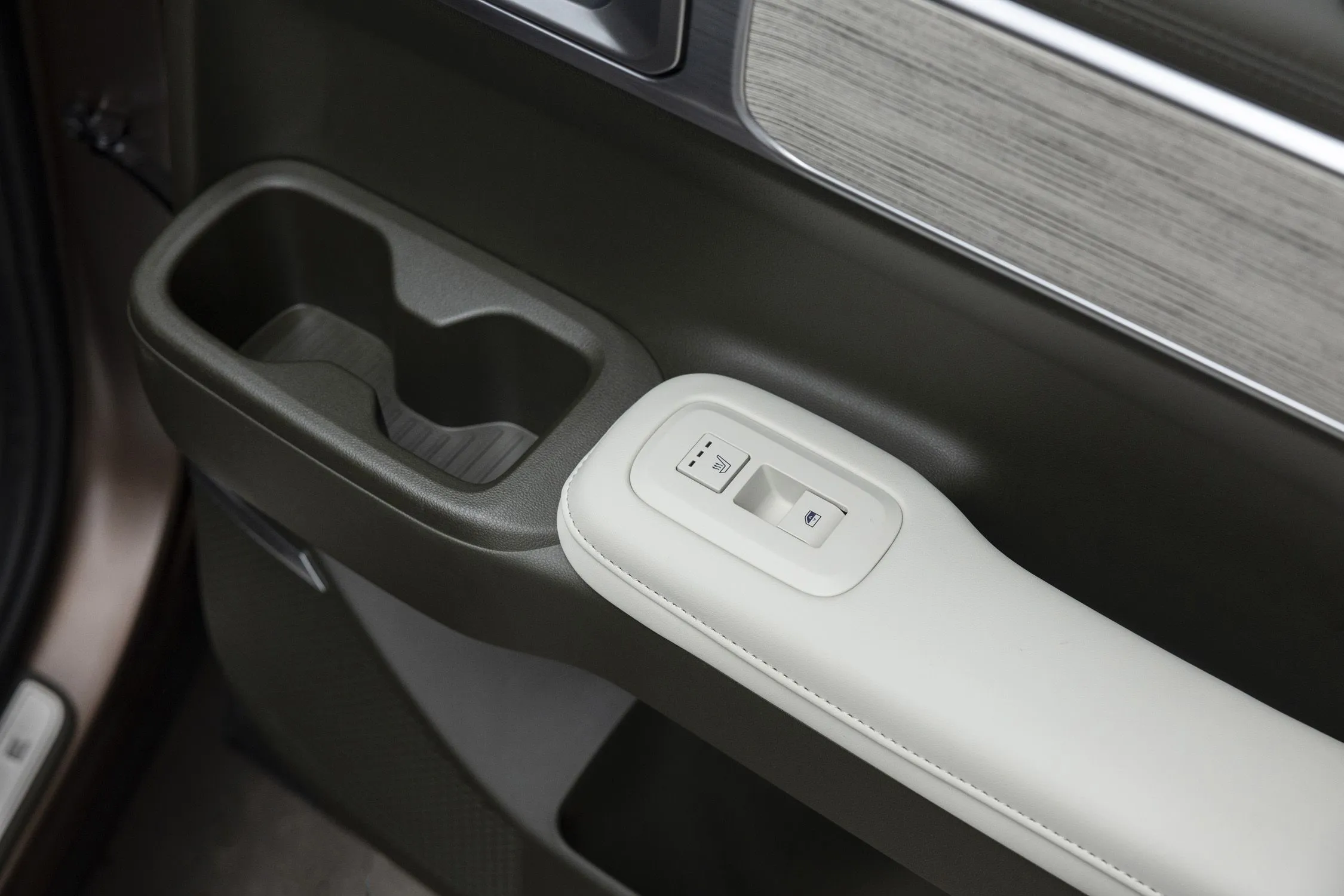
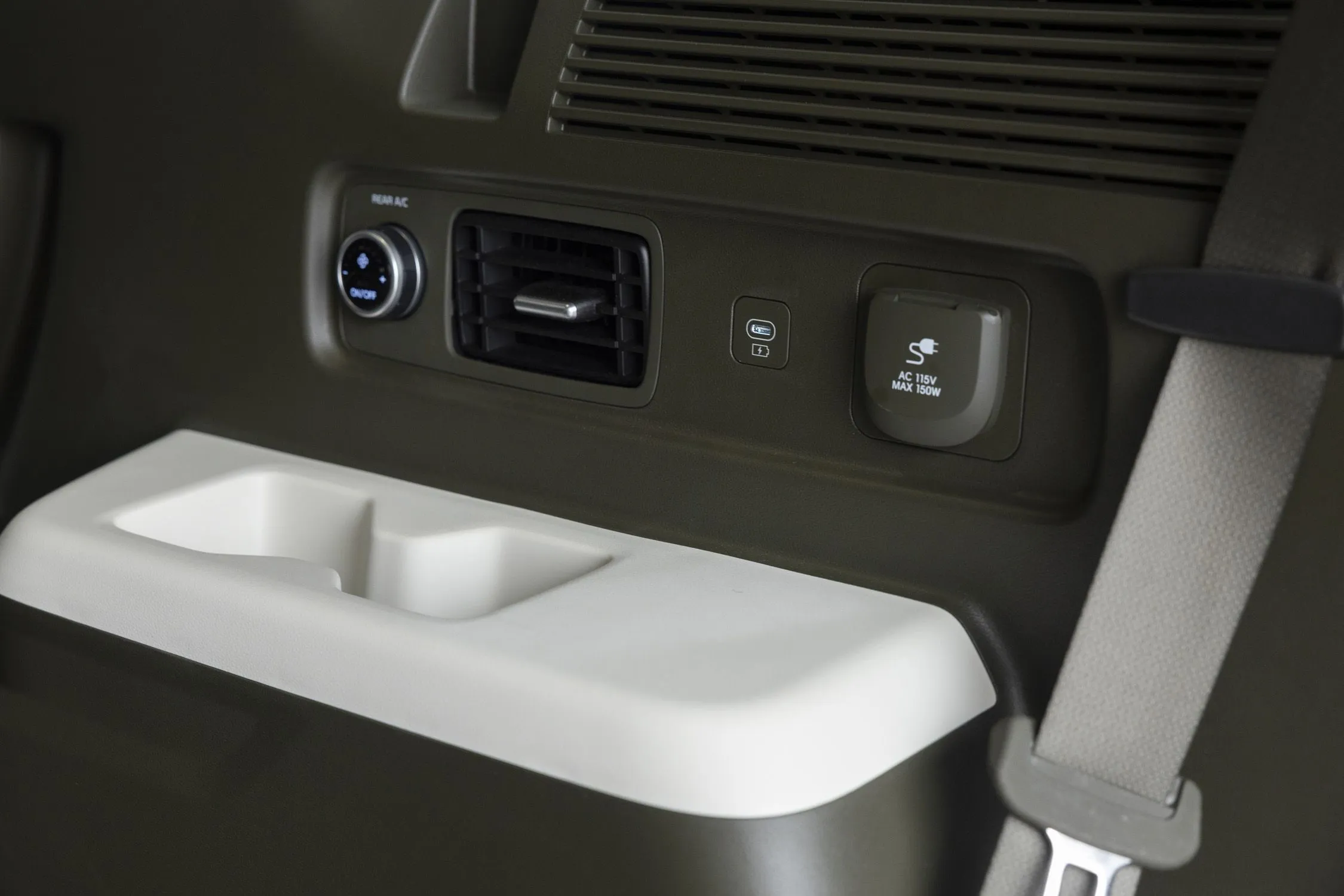
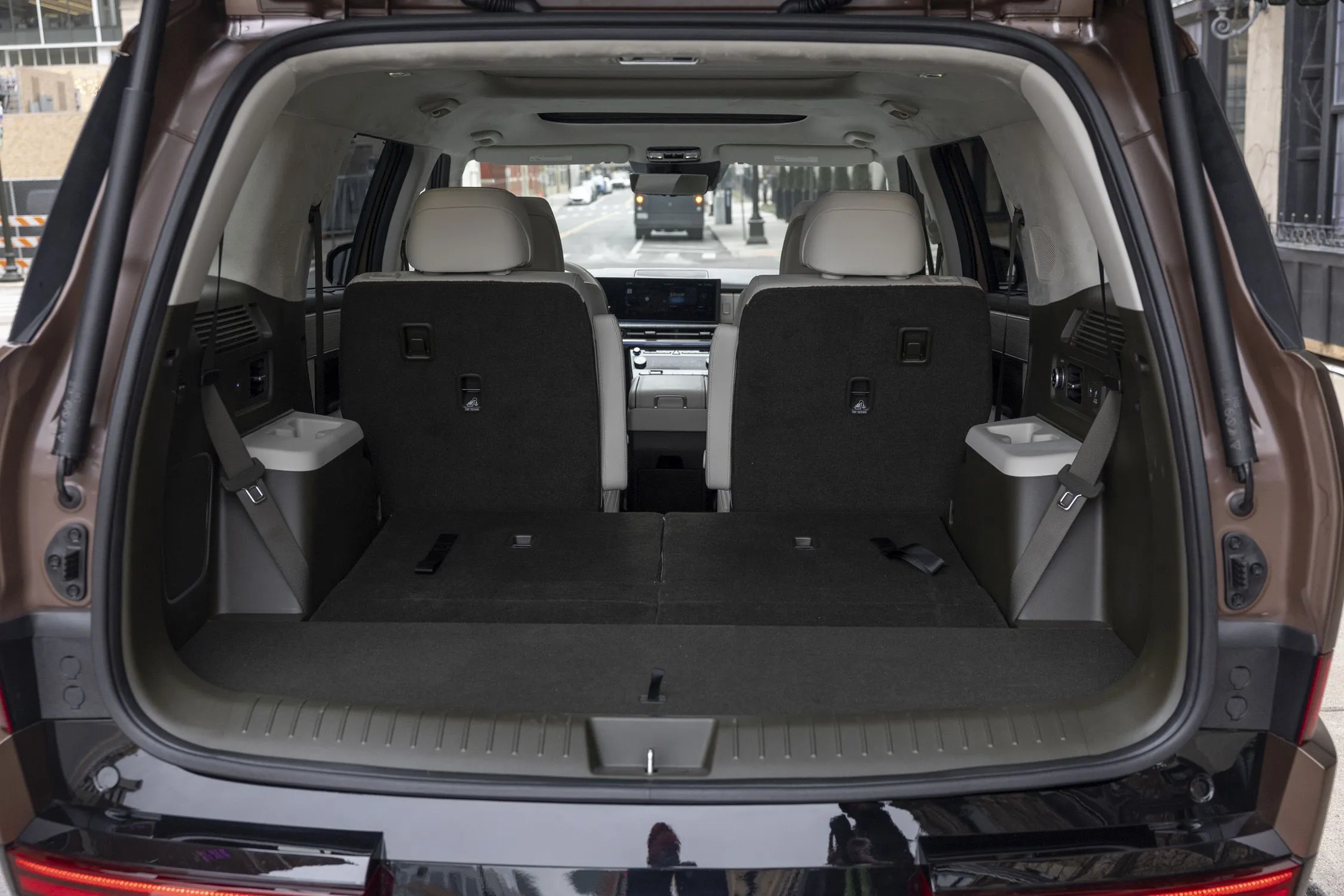
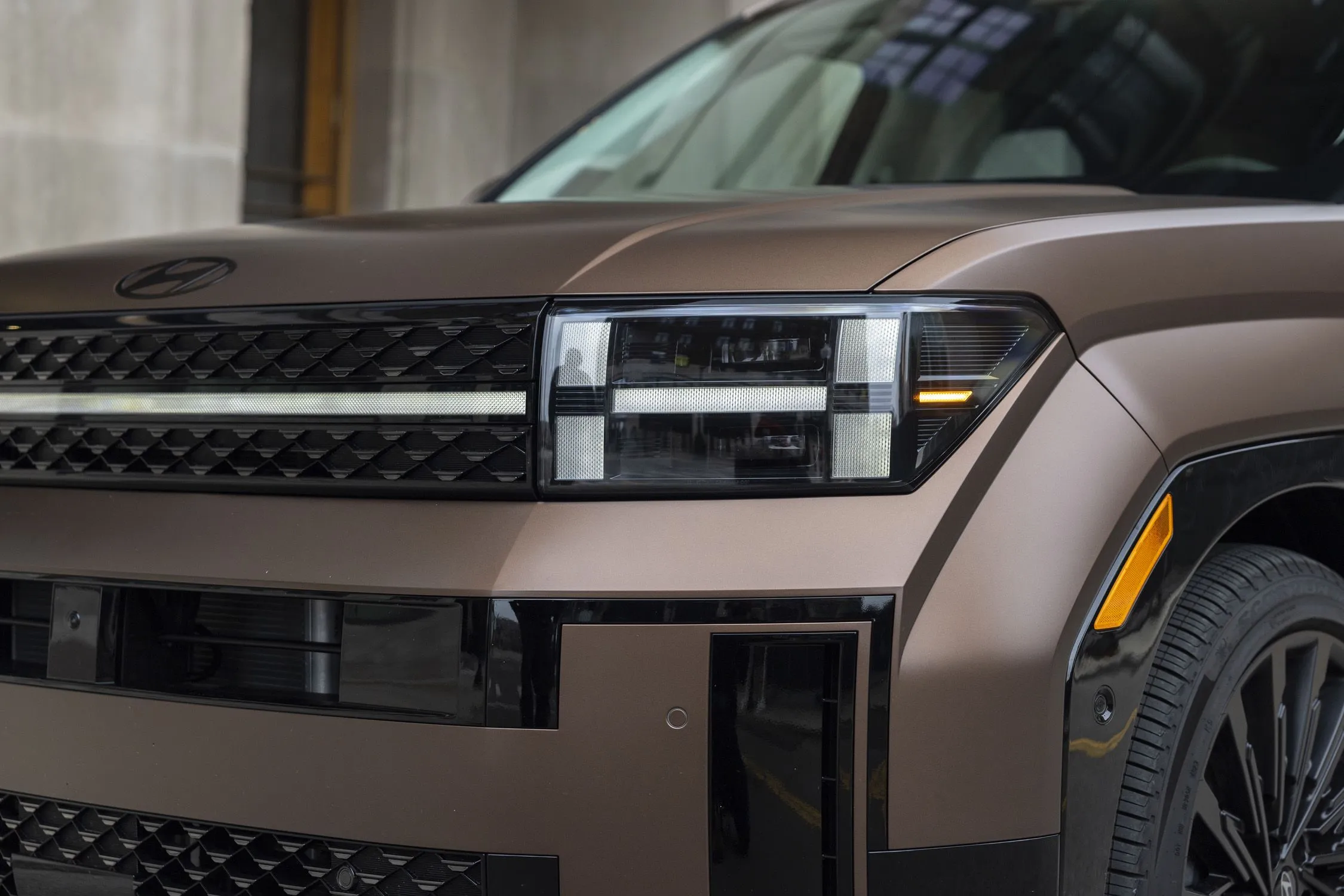
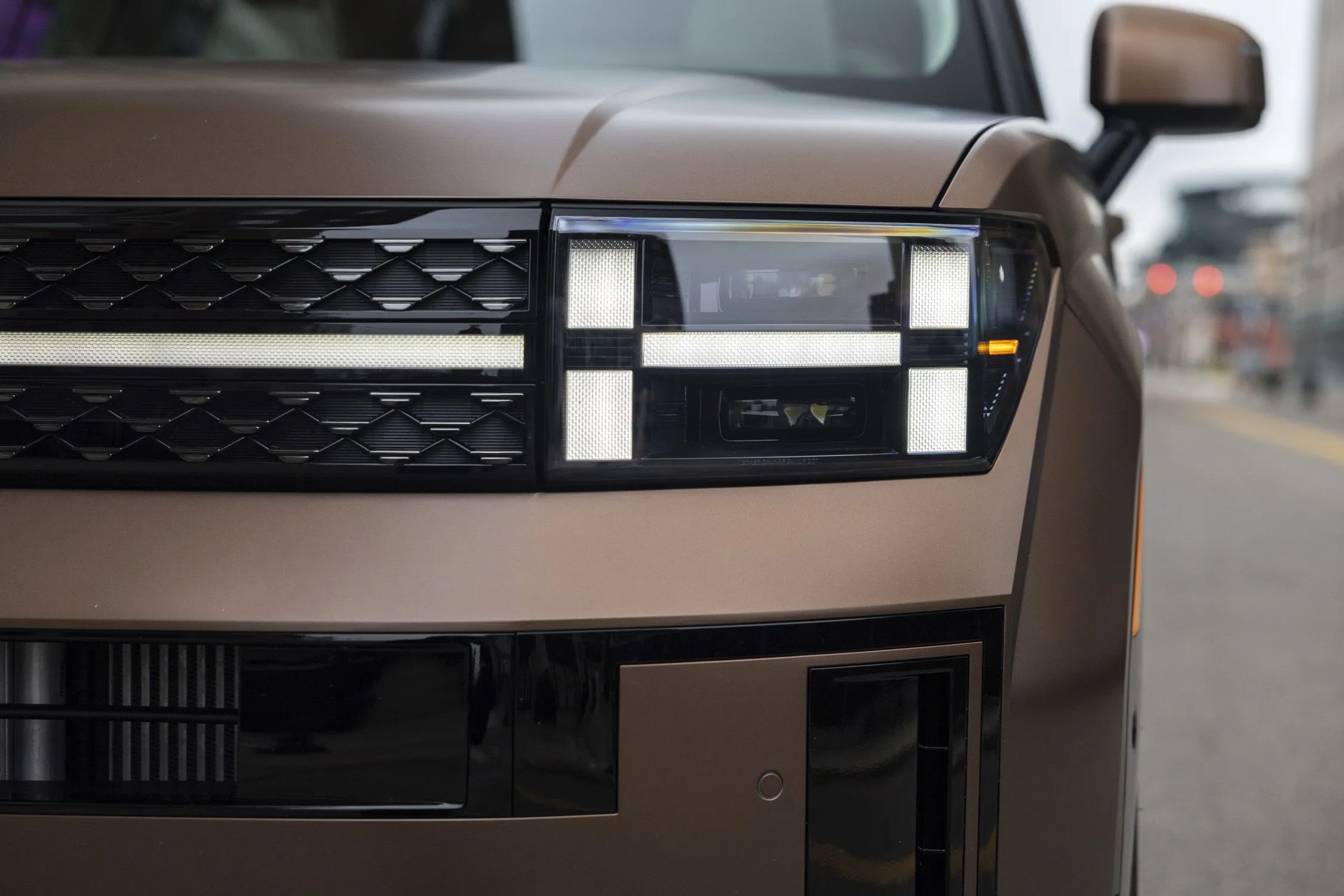
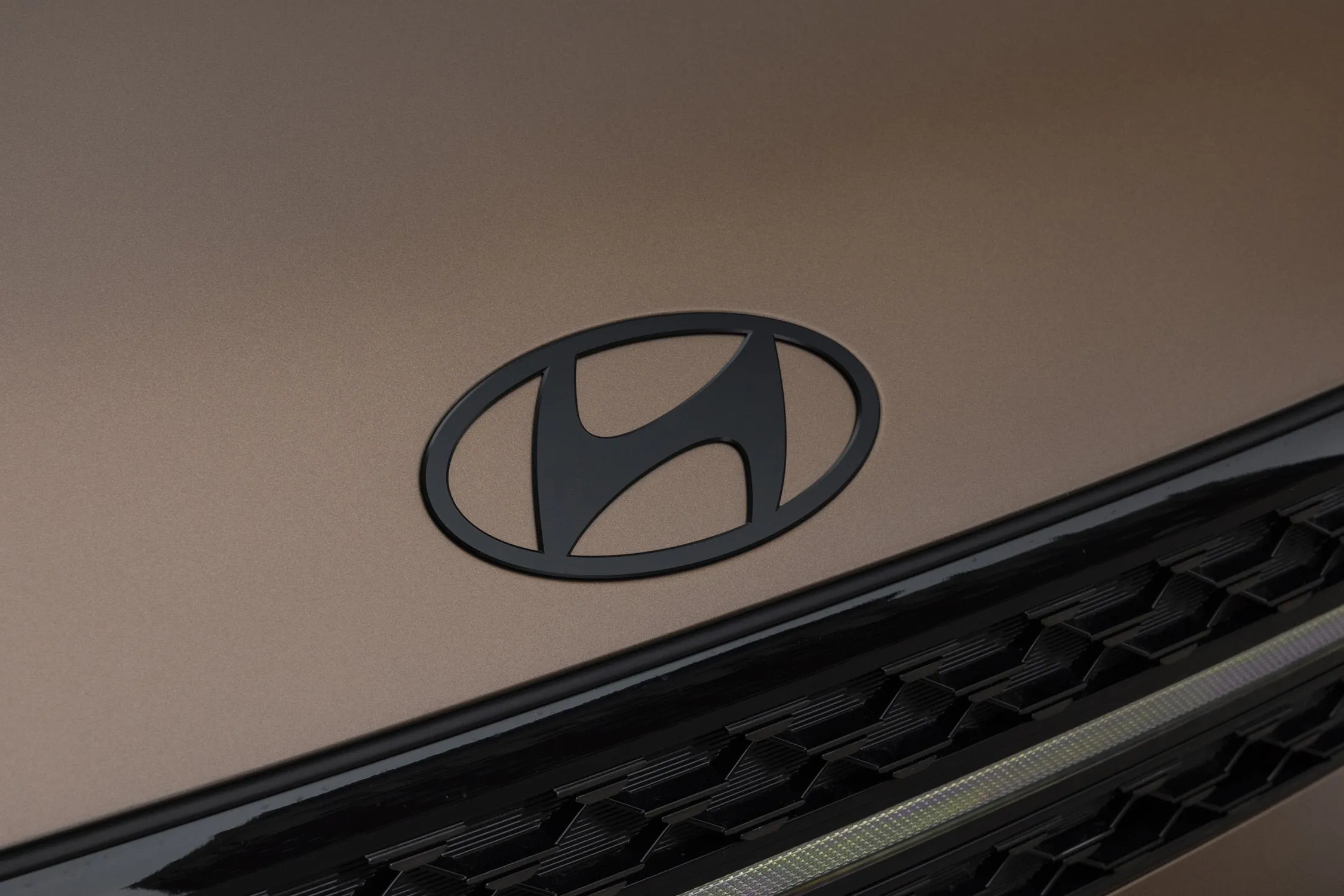
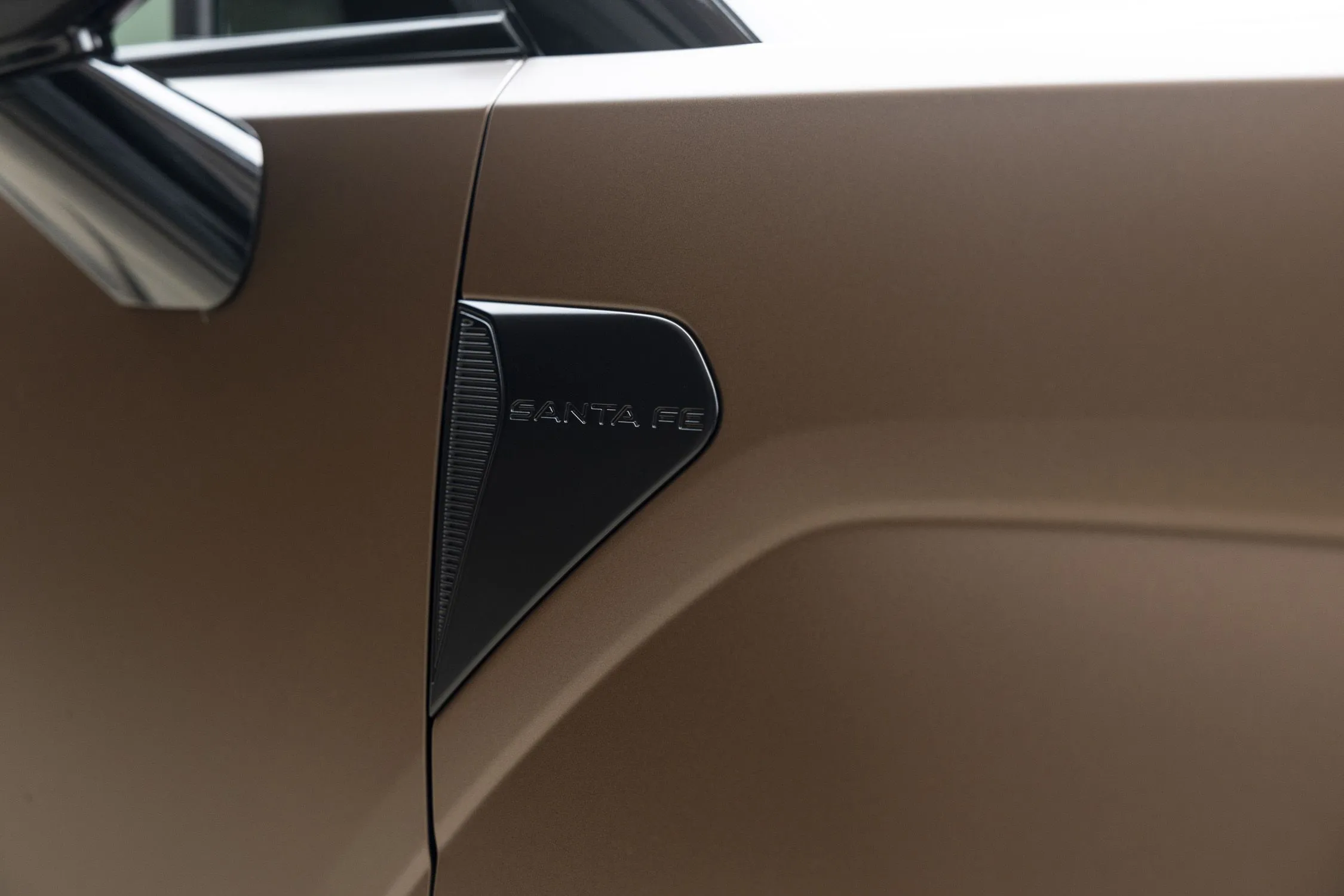
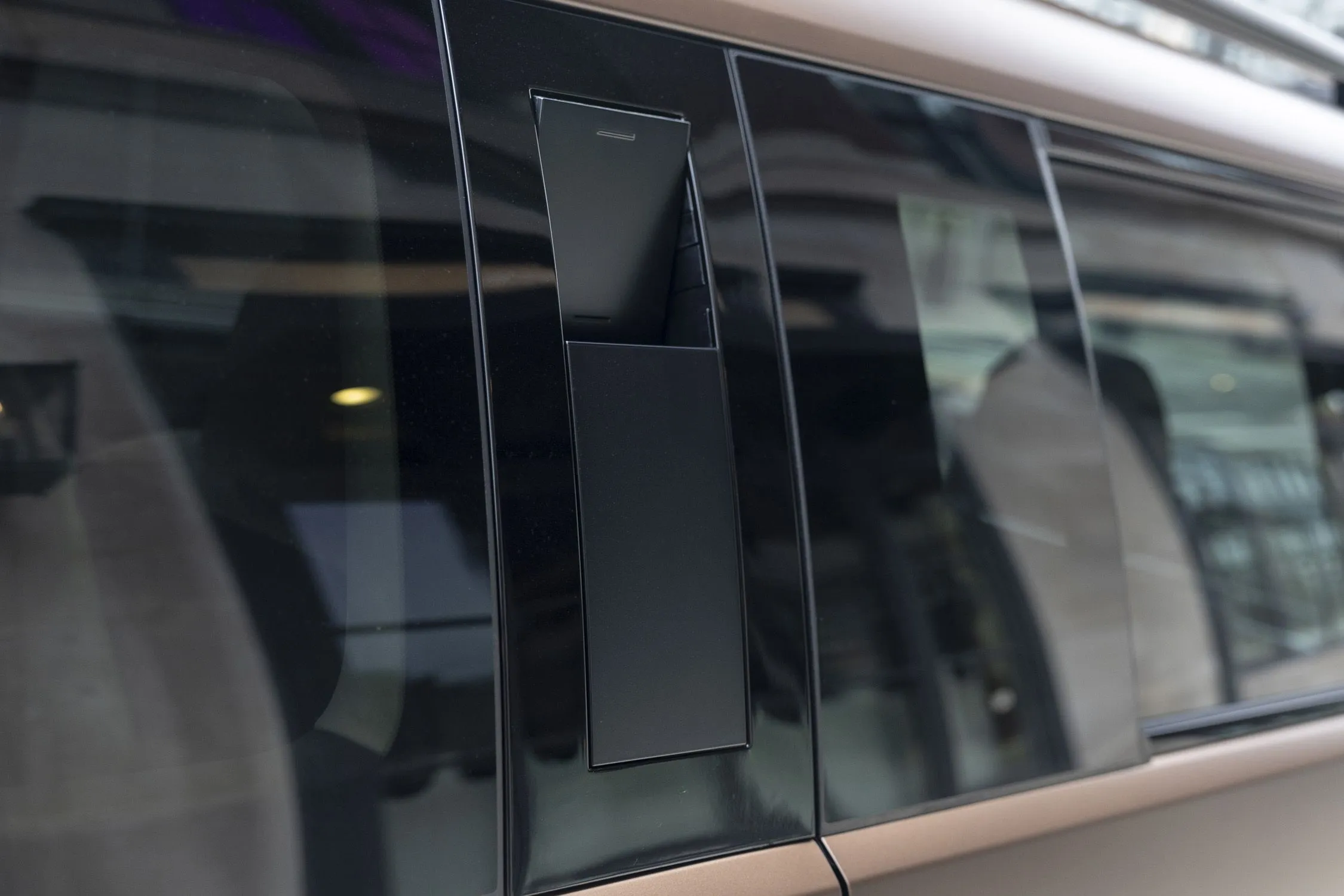
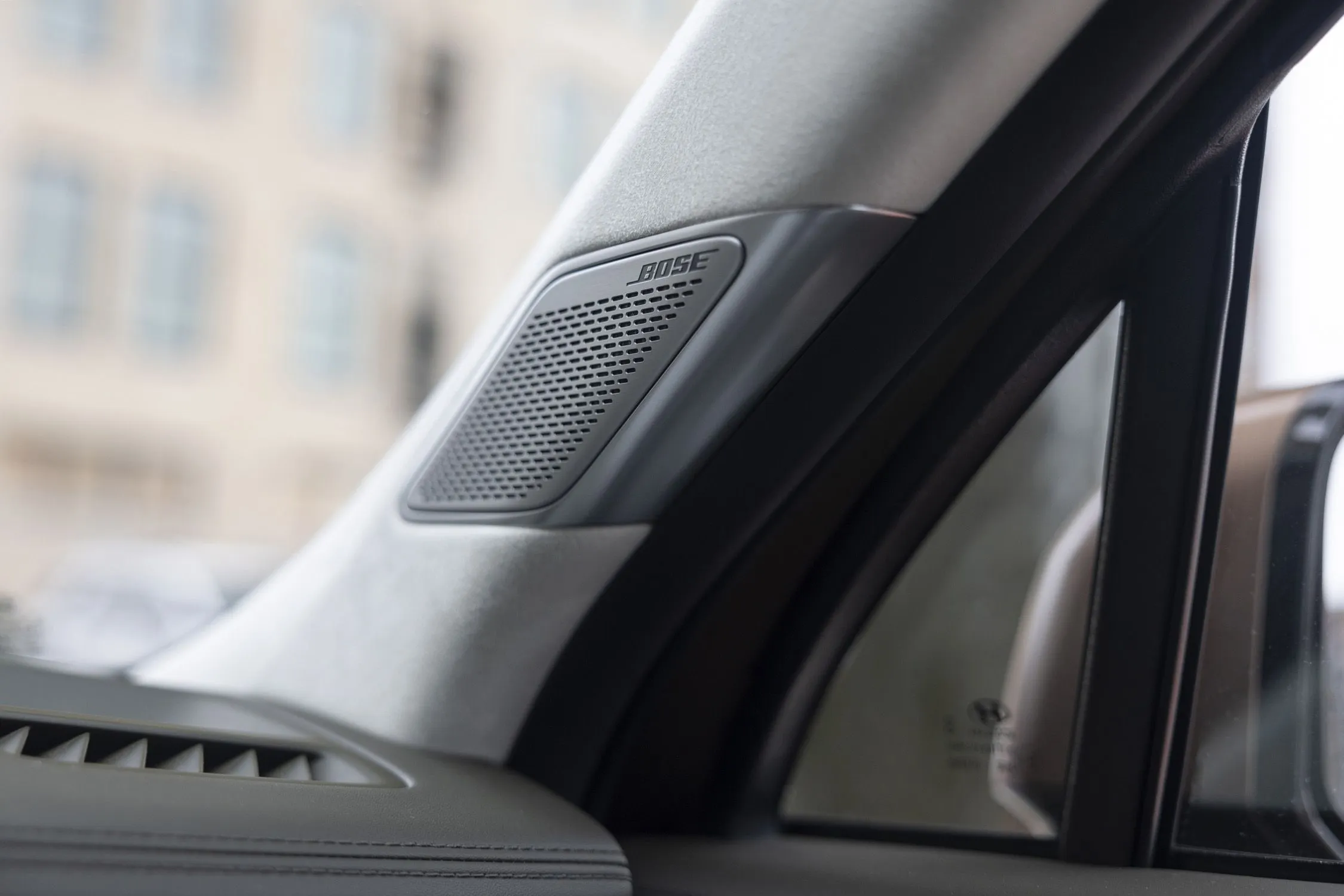
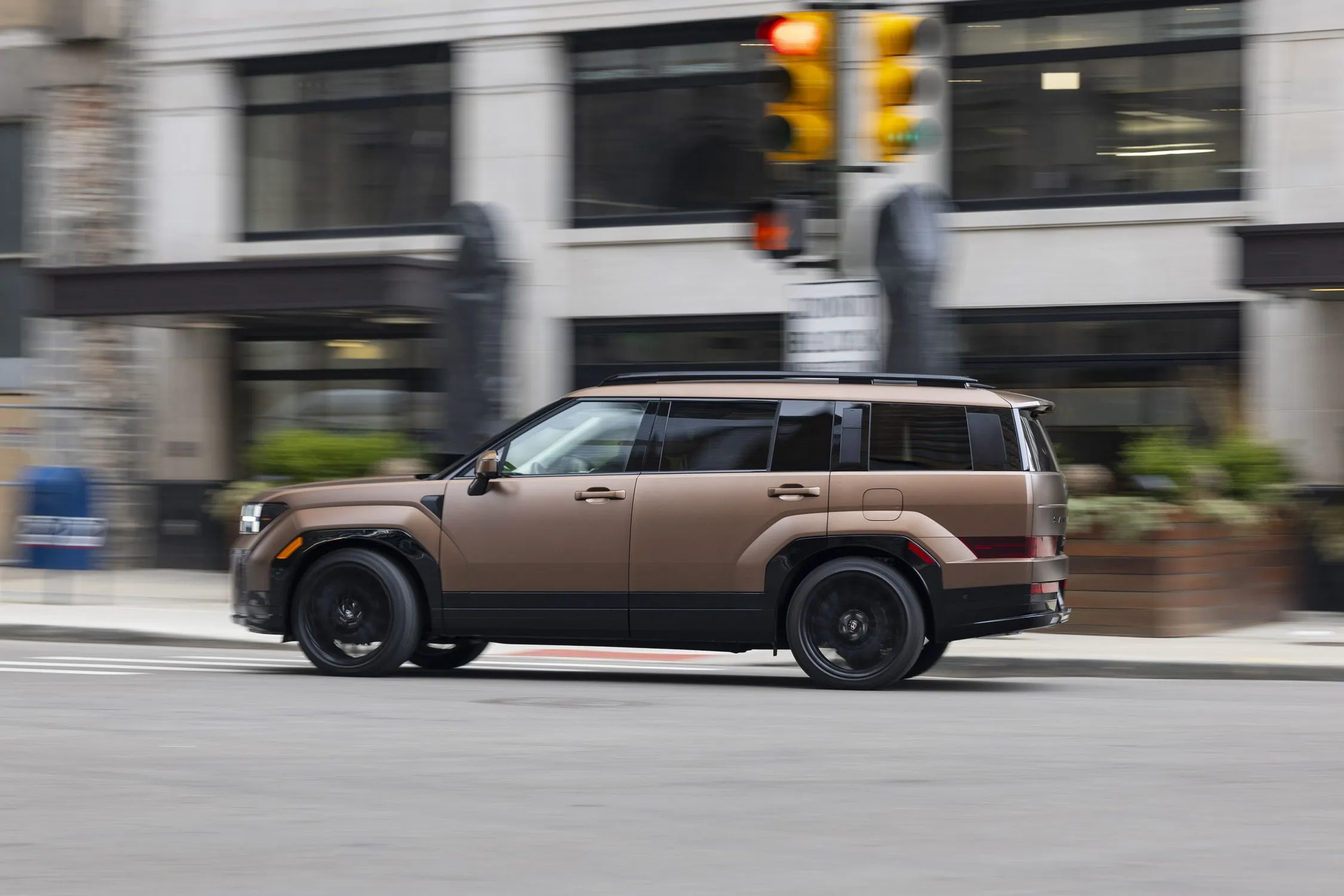
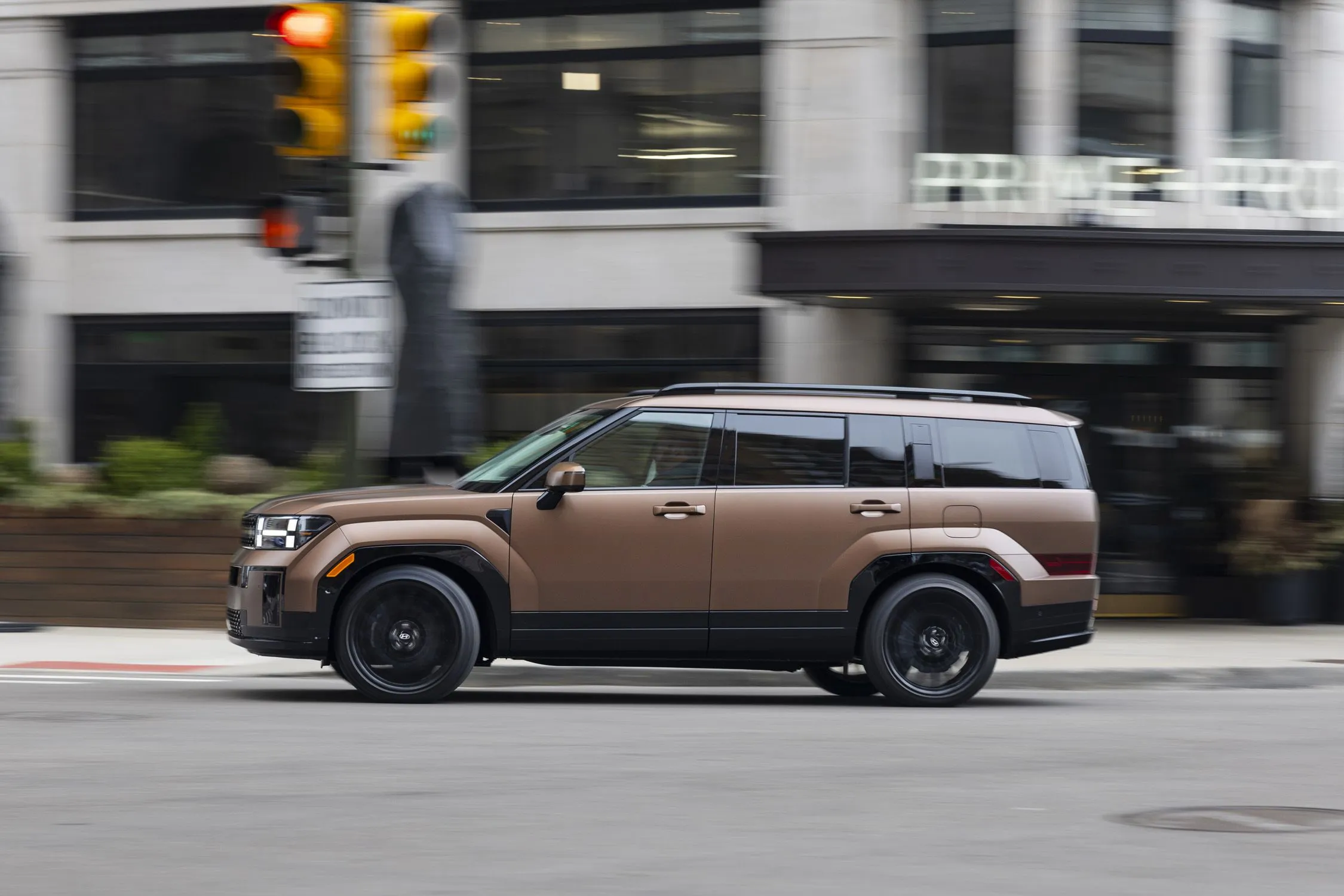
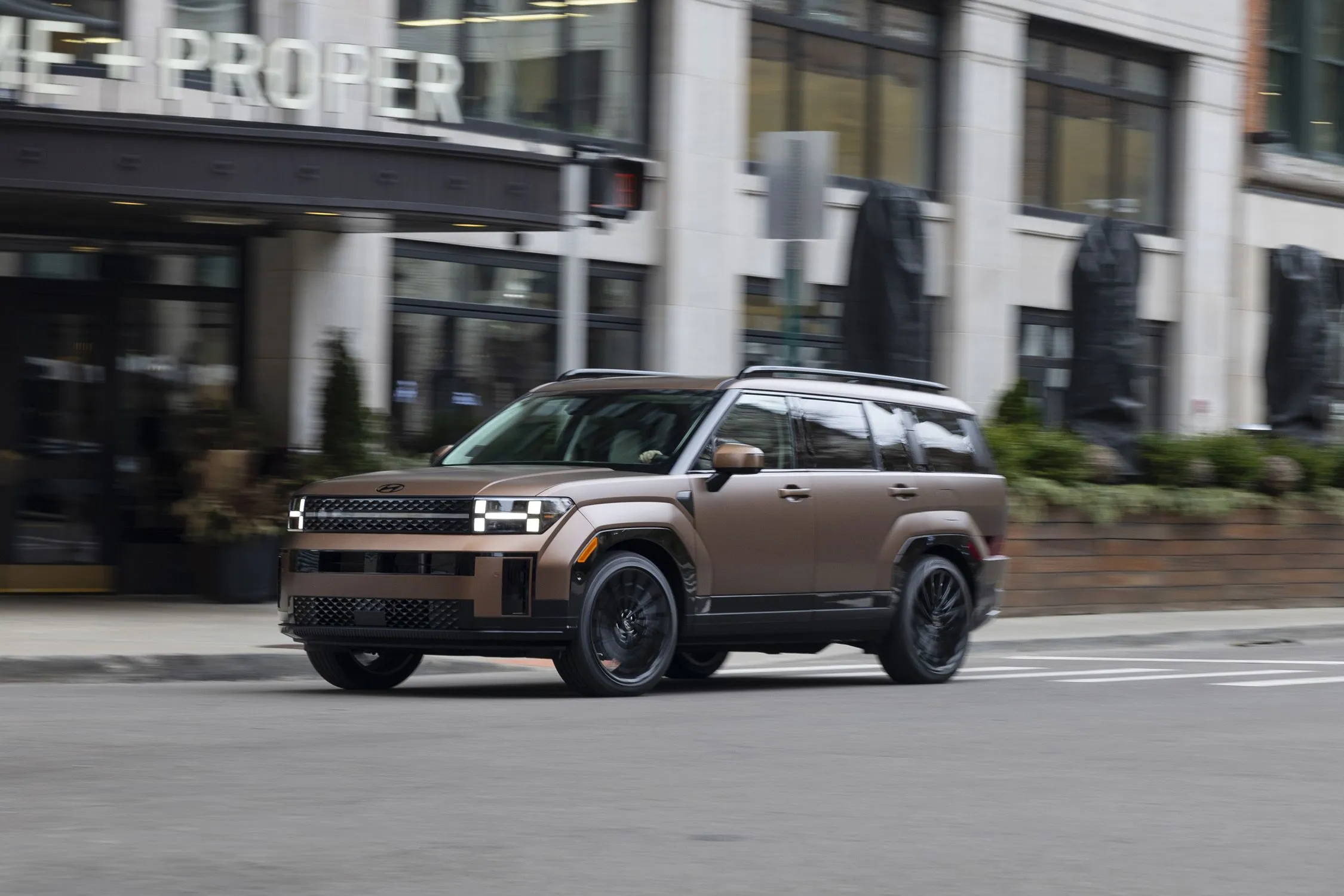
Author: Fabio Isidoro
Fabio Isidoro is the founder and editor-in-chief of Canal Carro, where he has been writing about the automotive world since 2022. Passionate about cars and technology, he began his journey on the HospedandoSites portal and today dedicates himself to creating technical content and comprehensive analyses of national and international vehicles. 📩 Contact: contato@canalcarro.net.br

